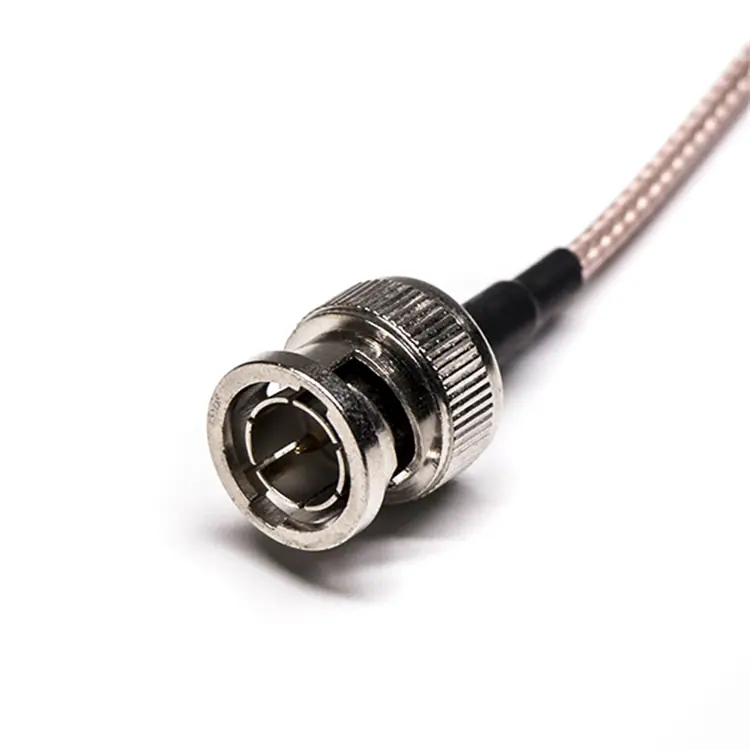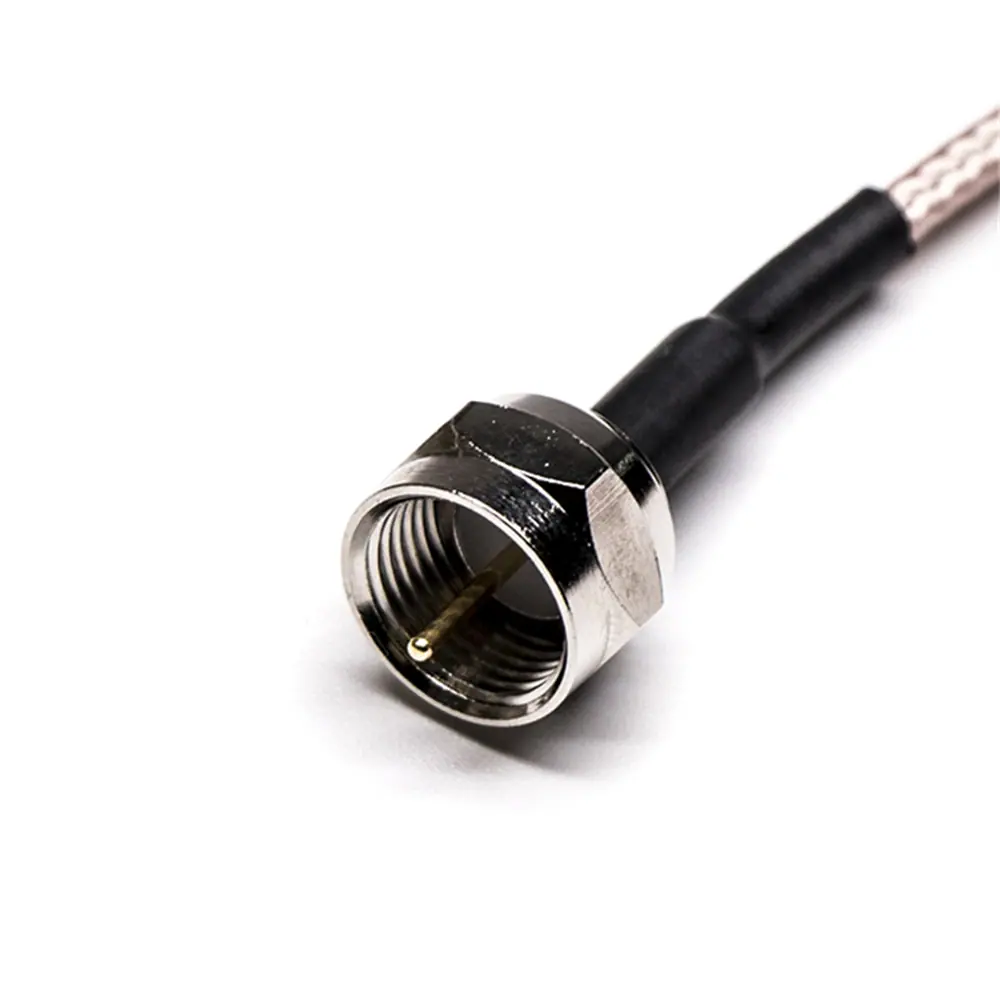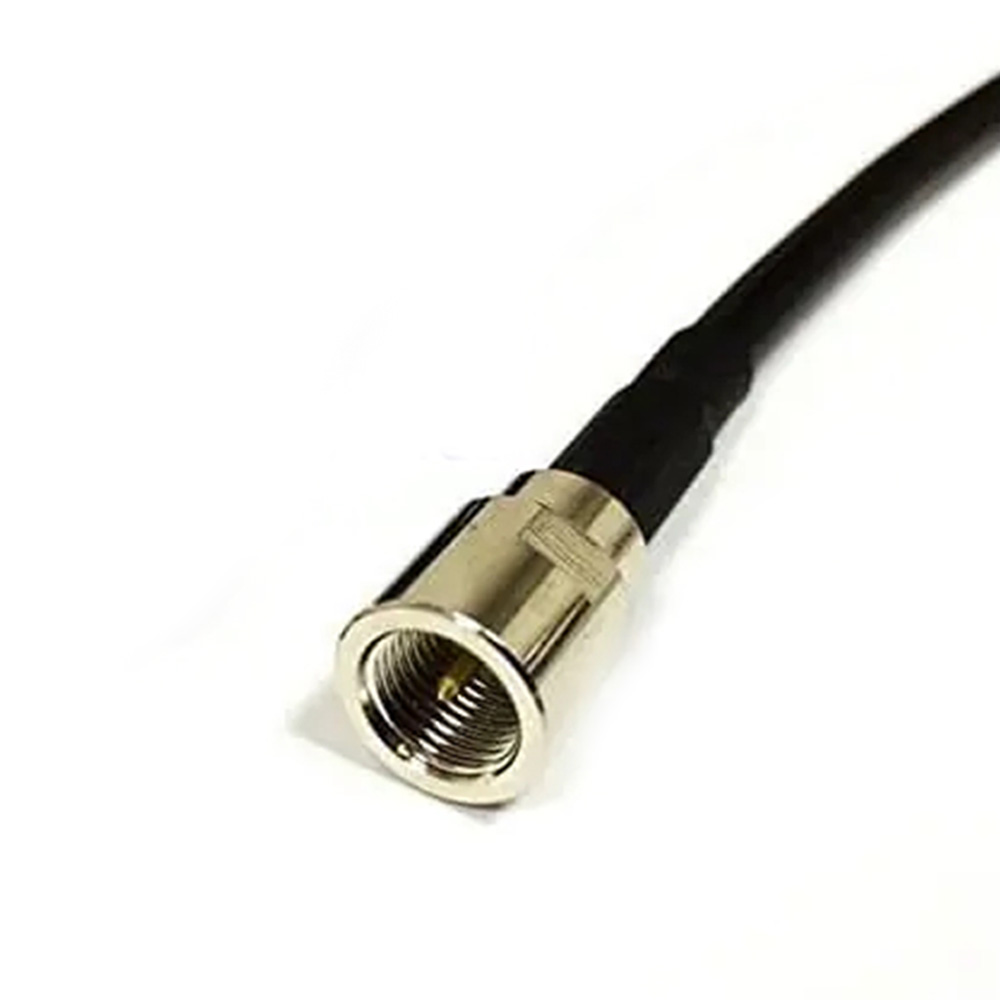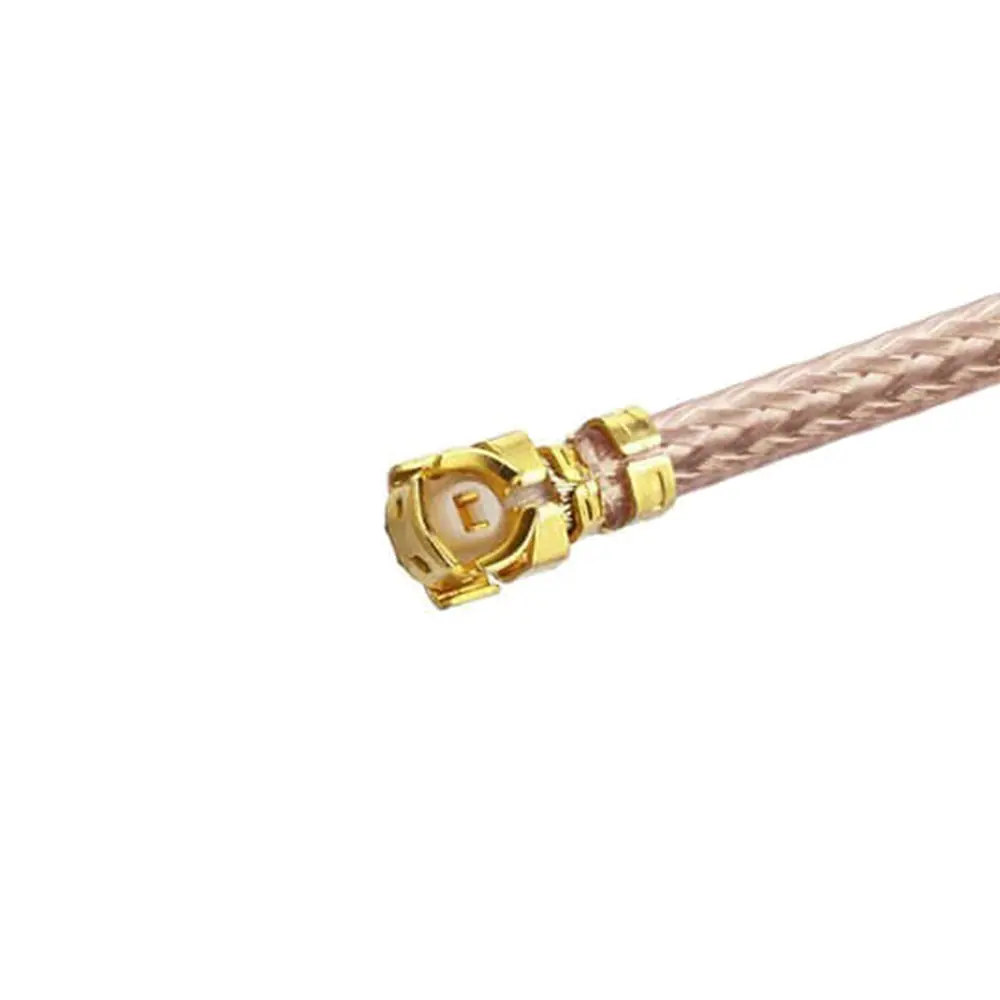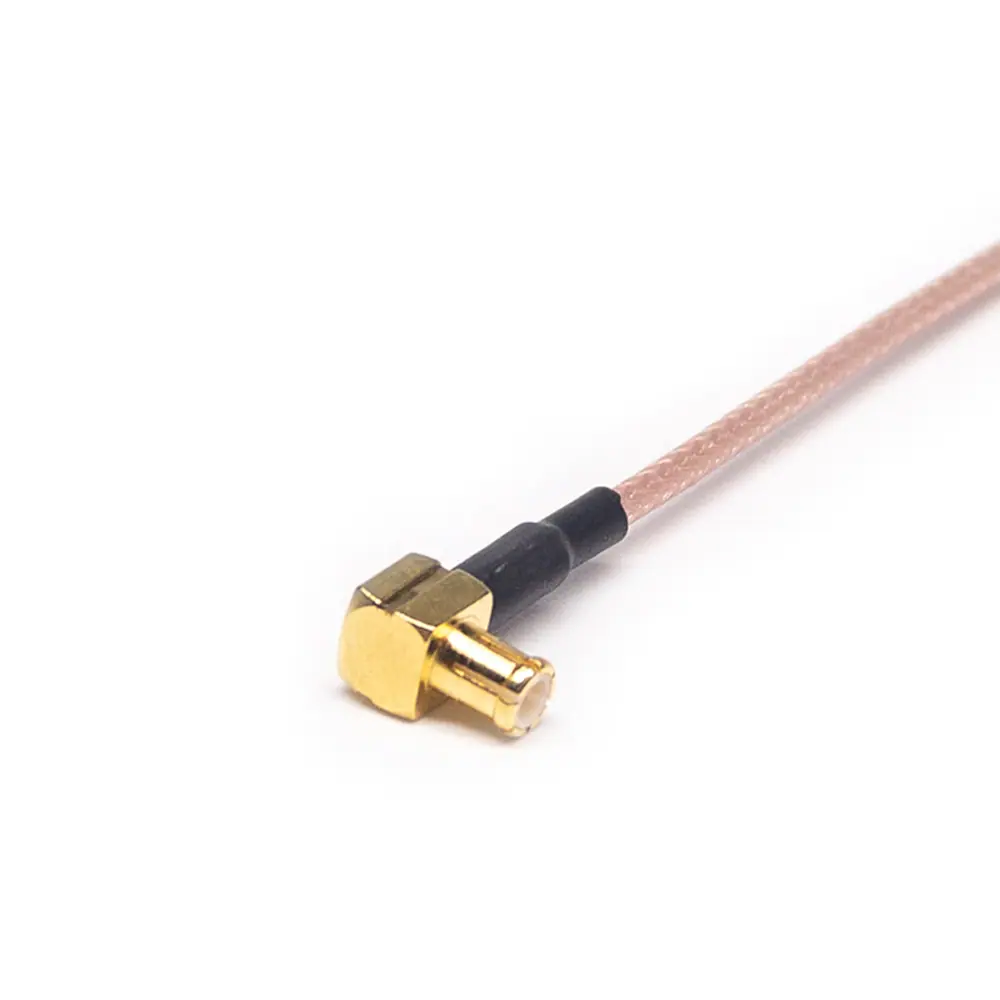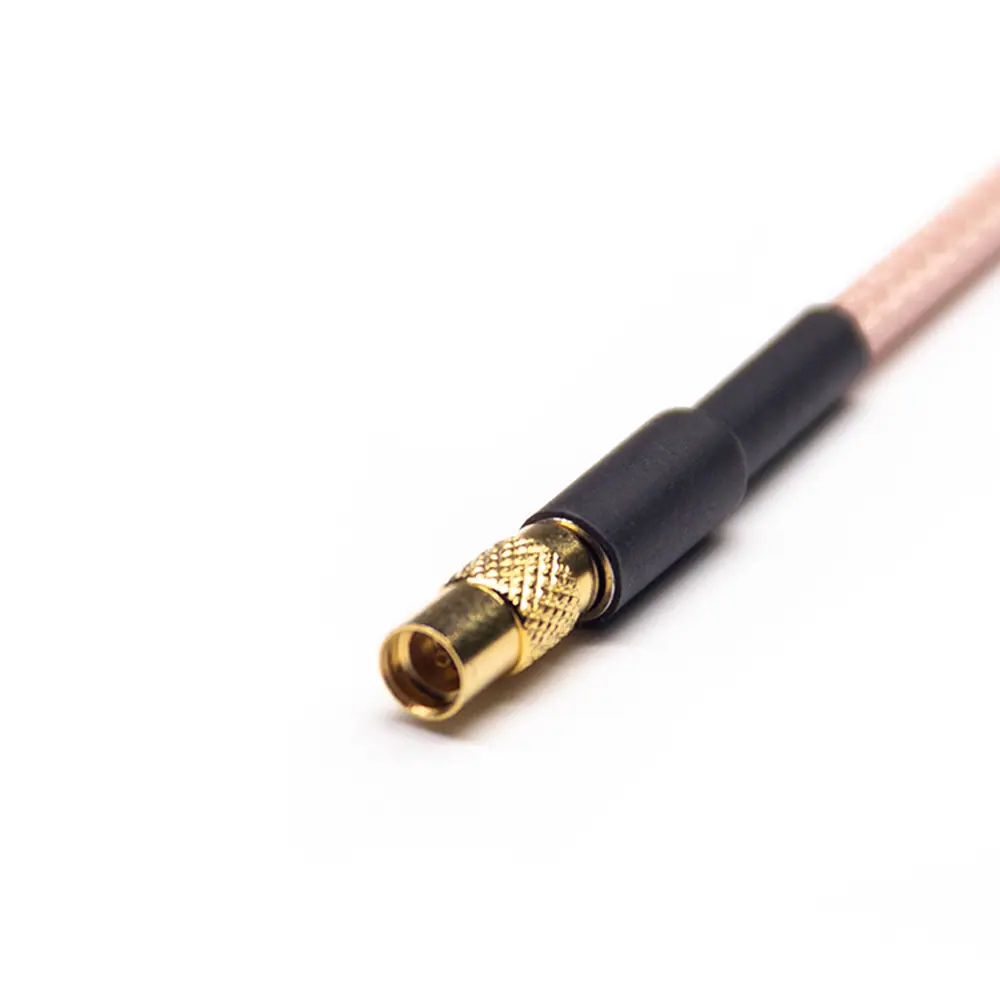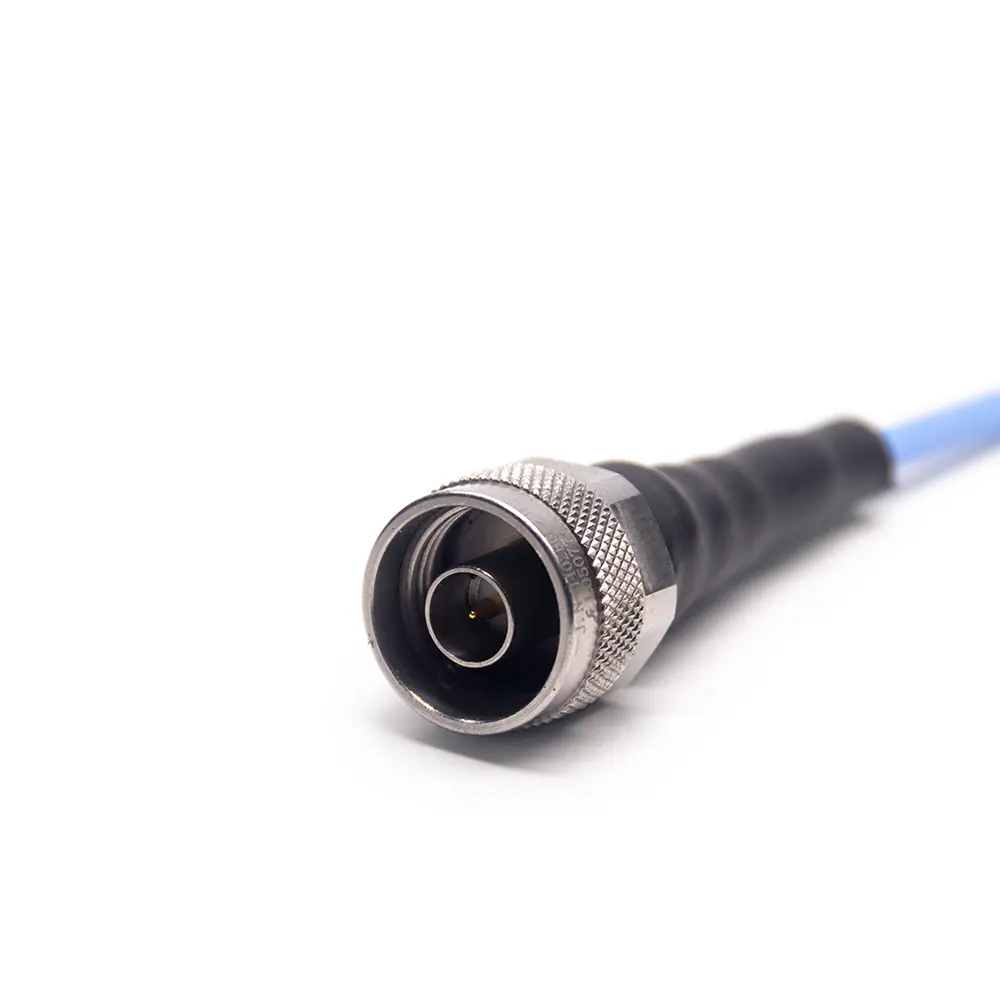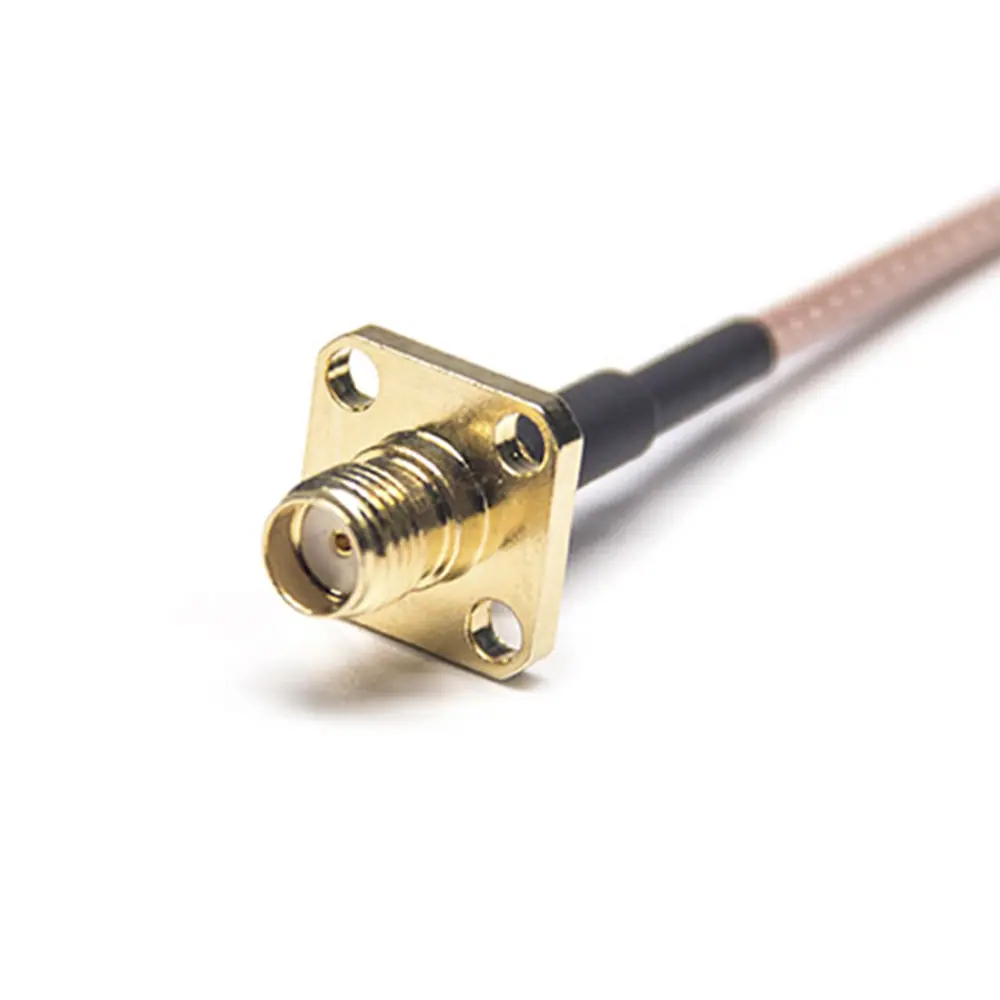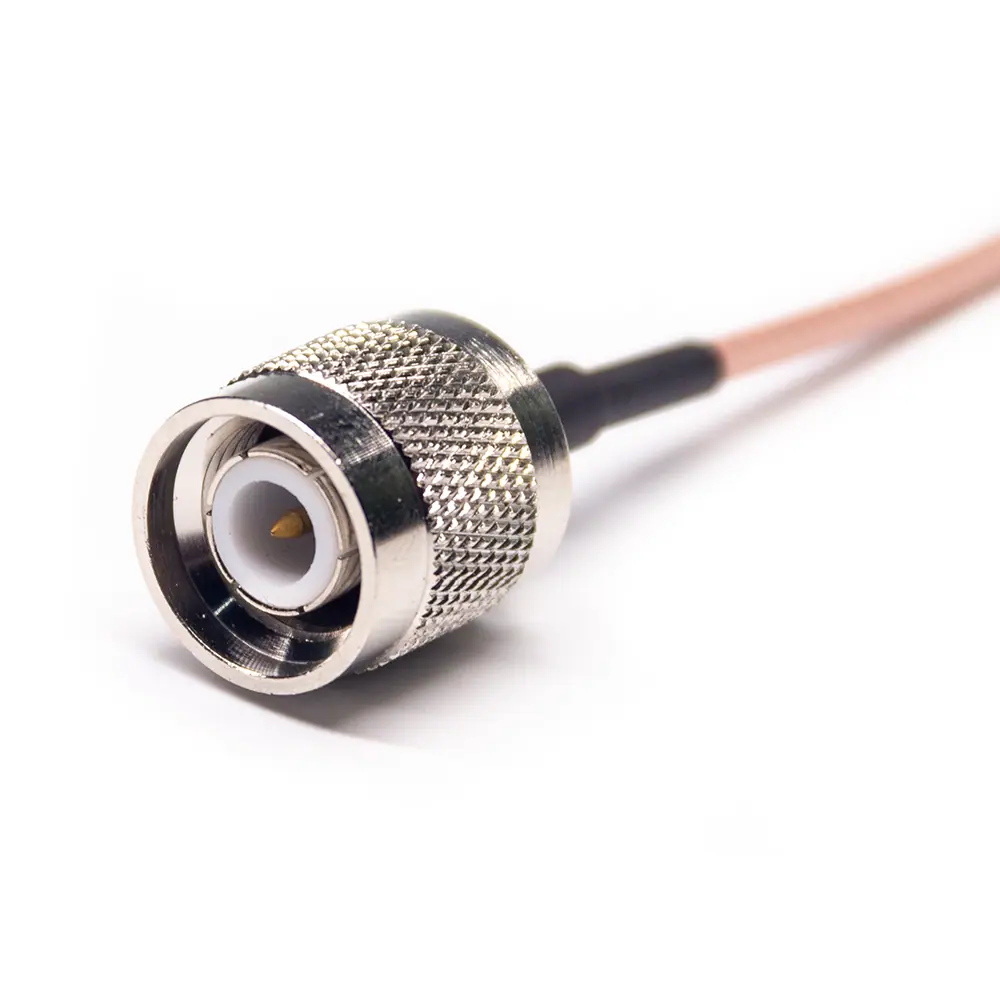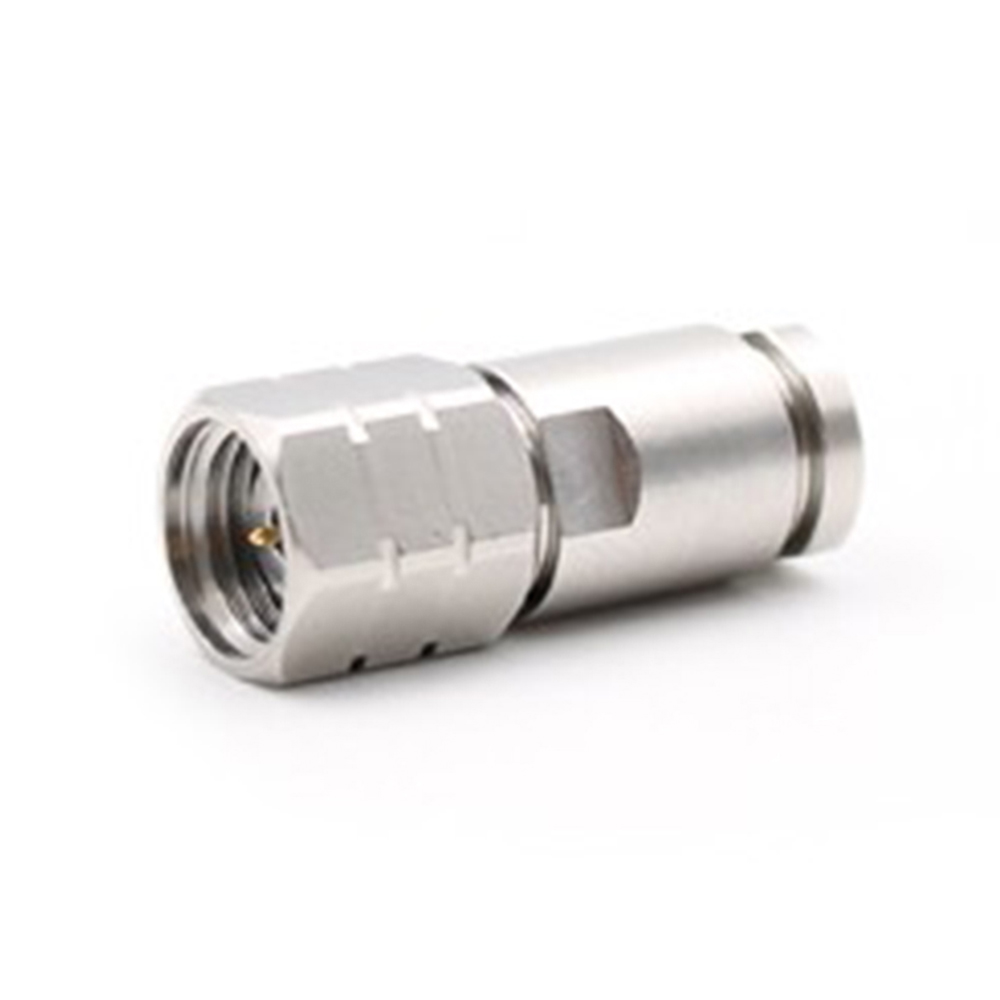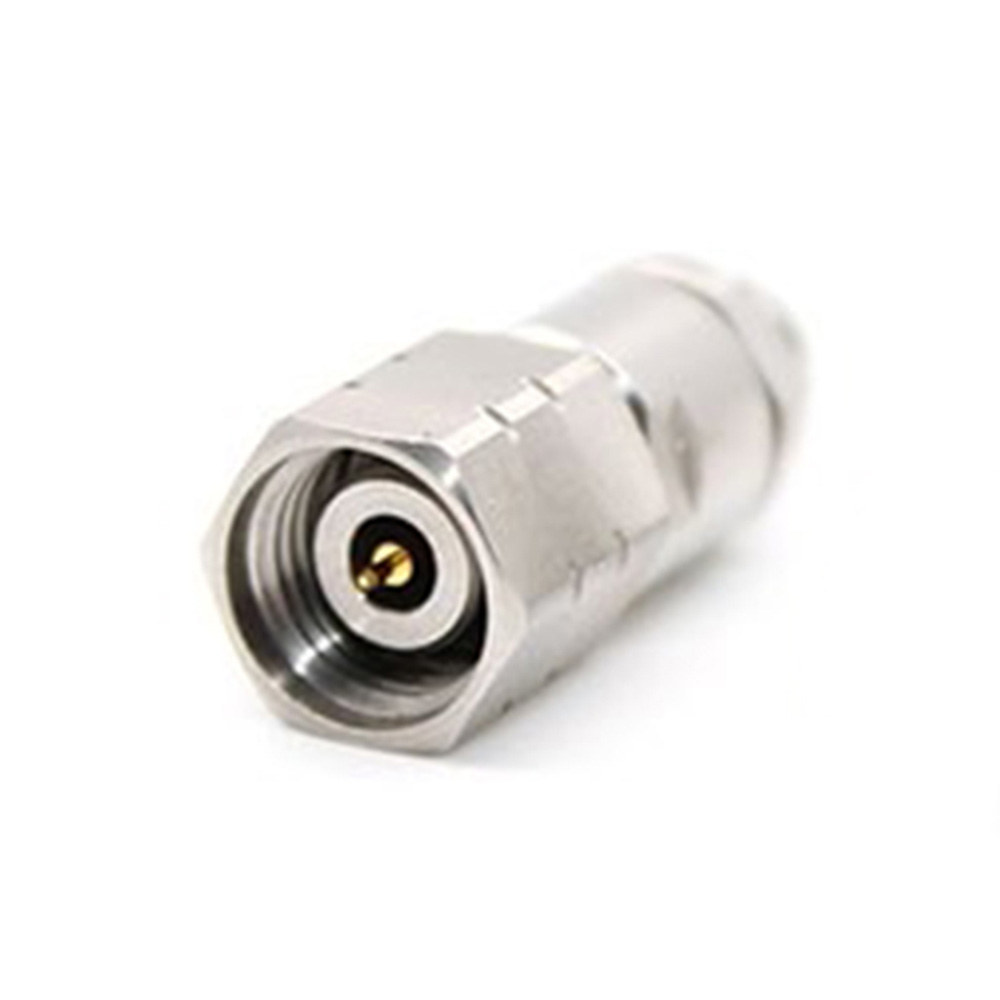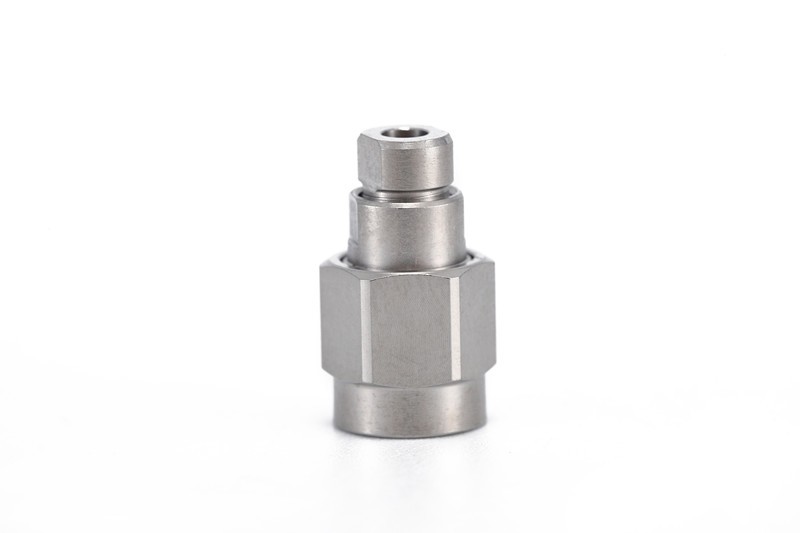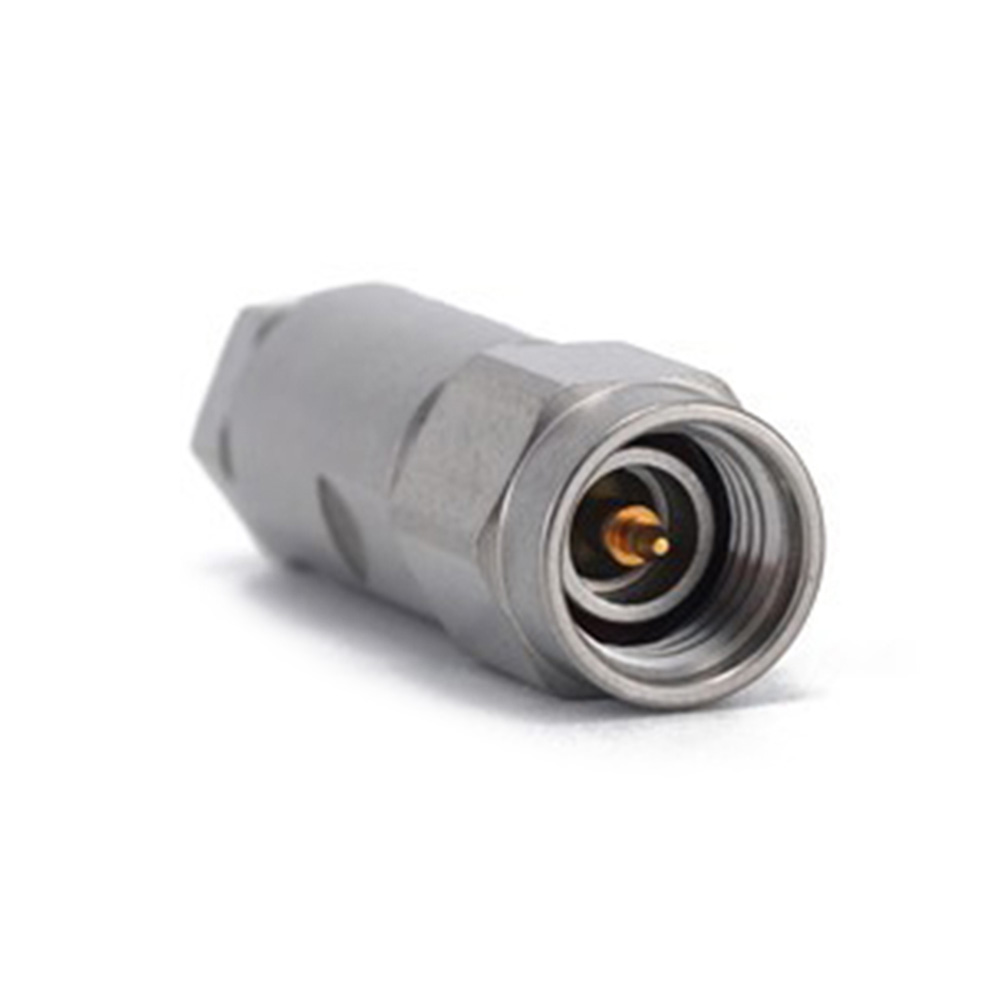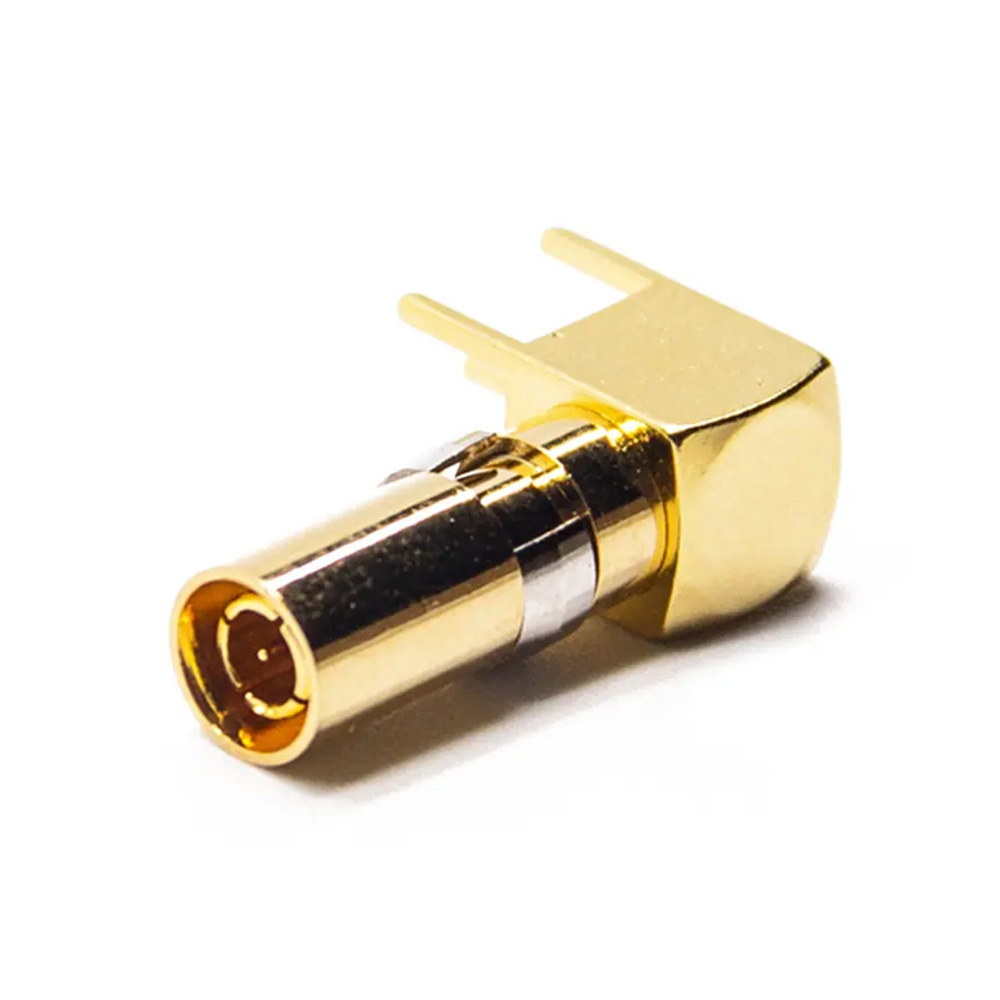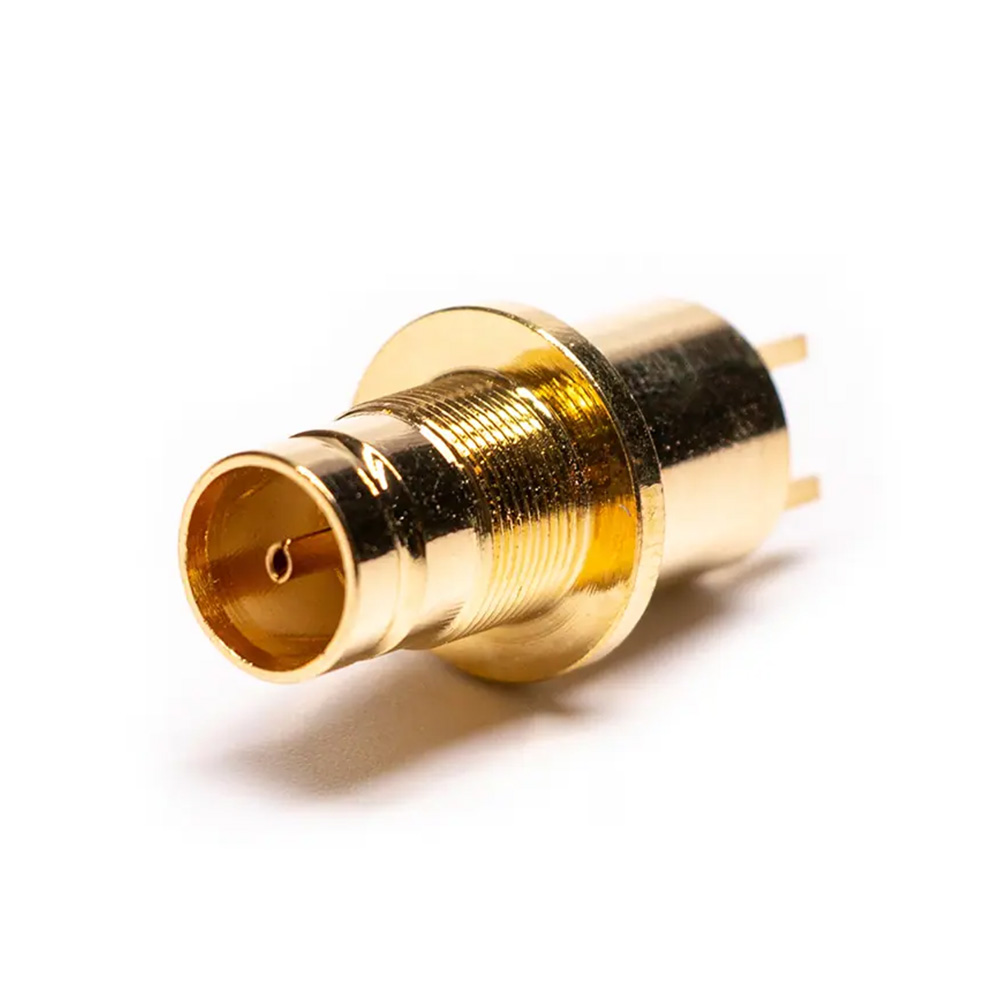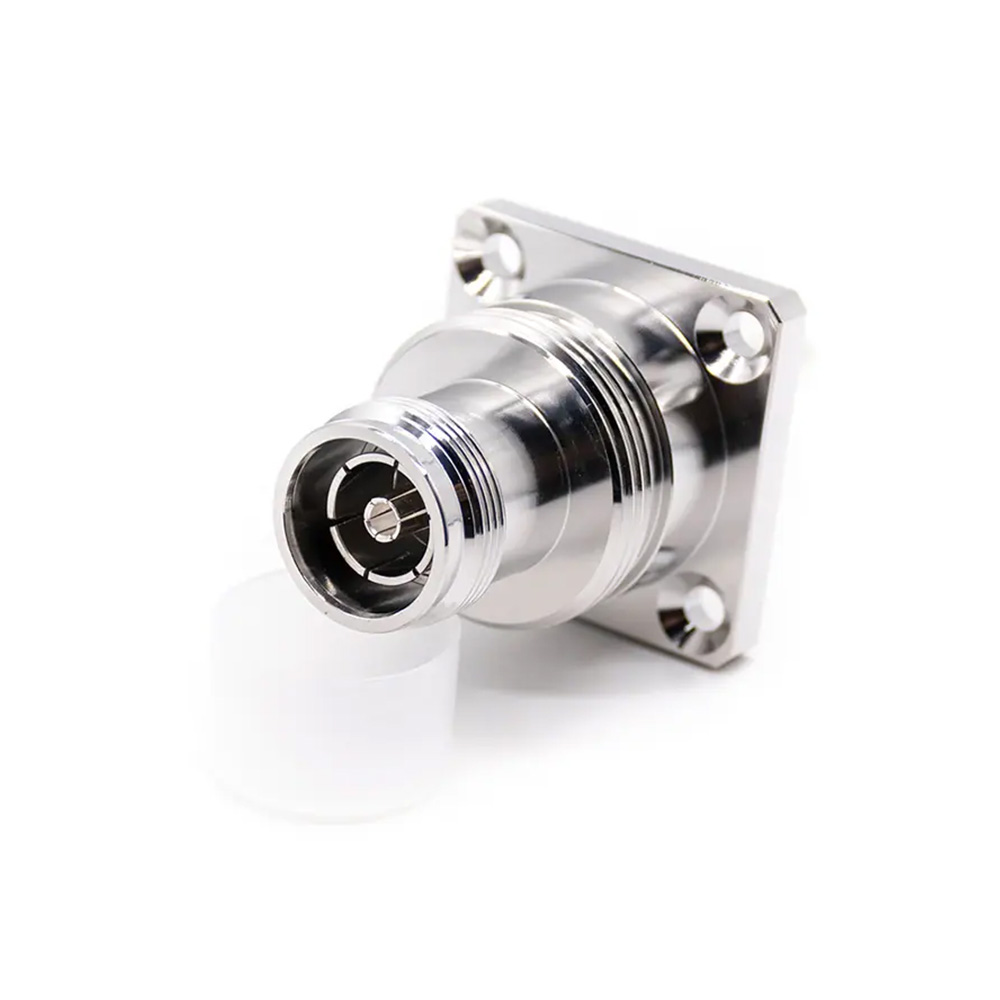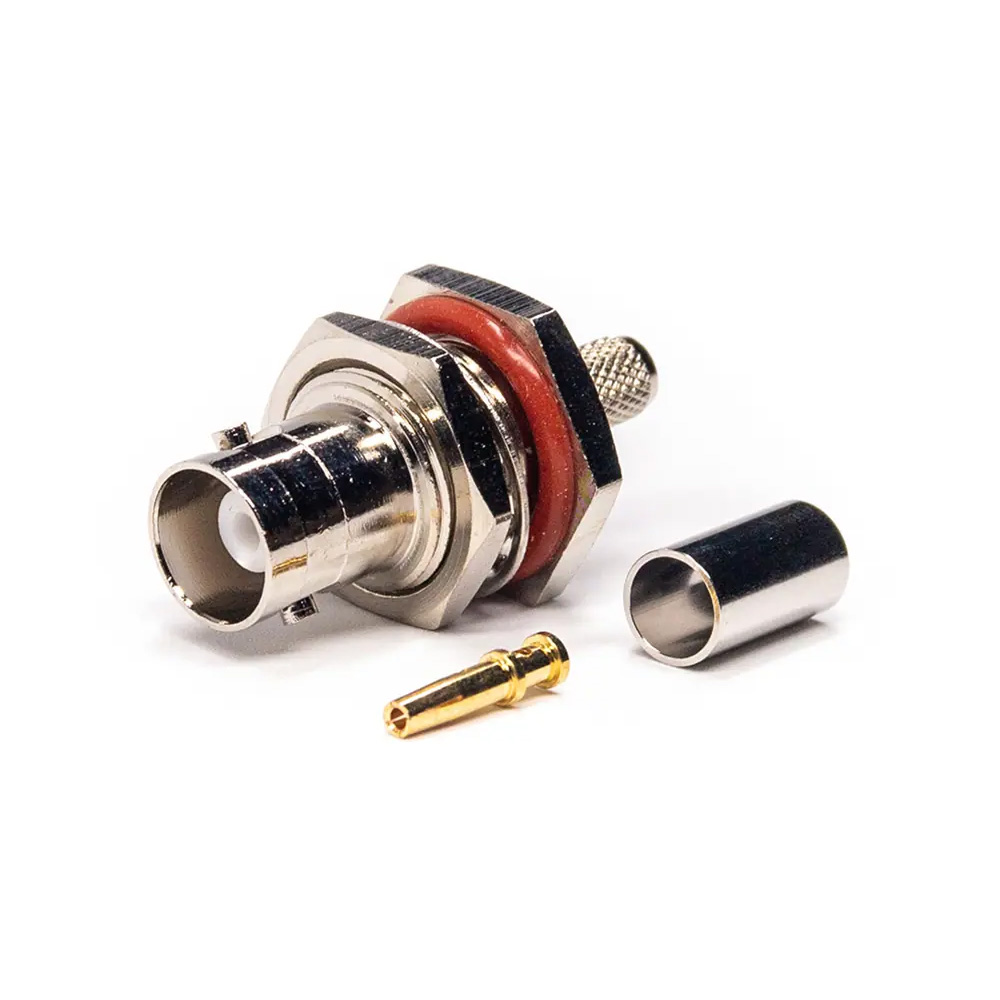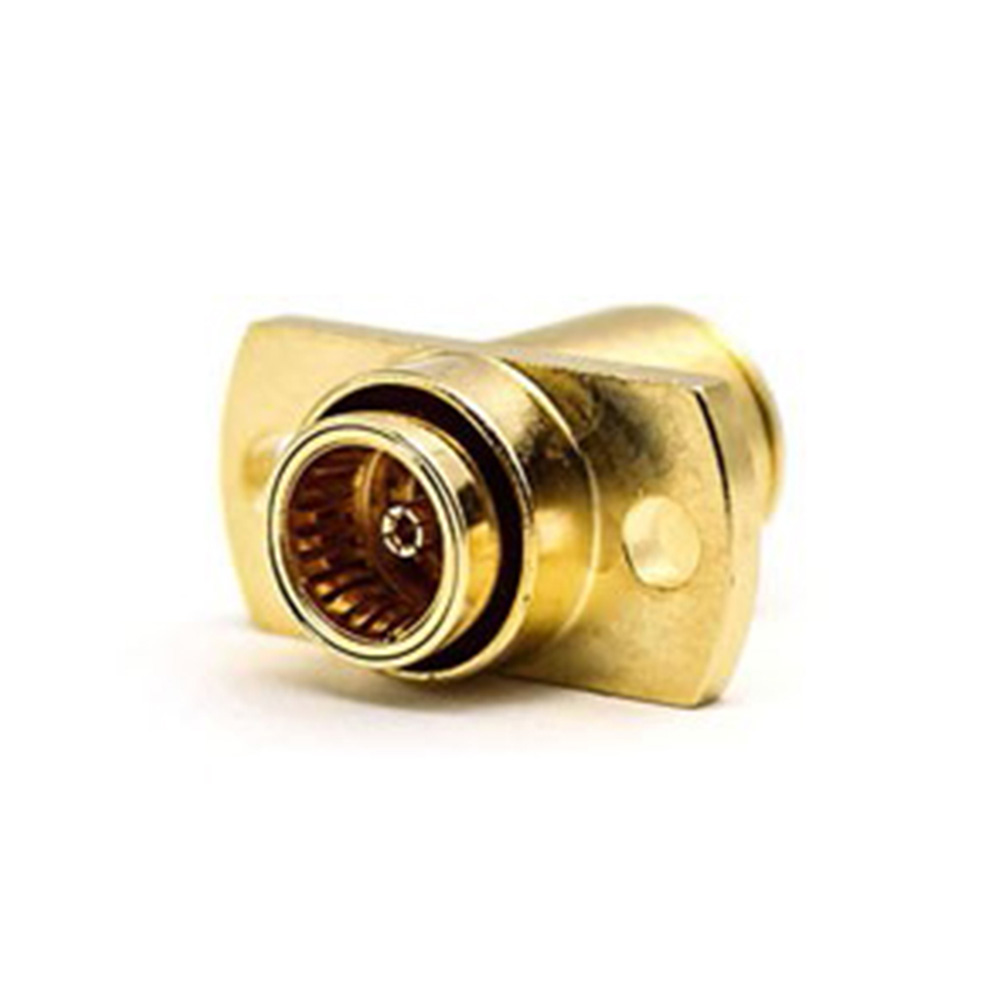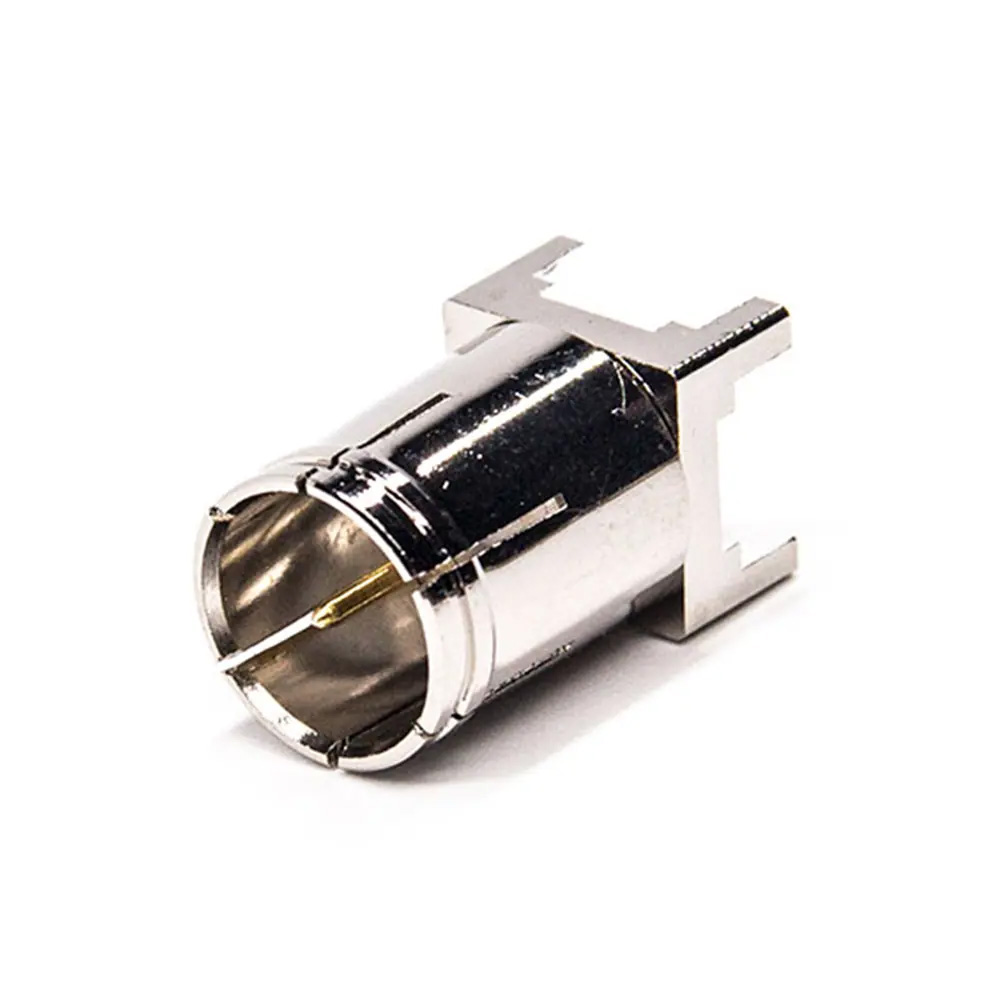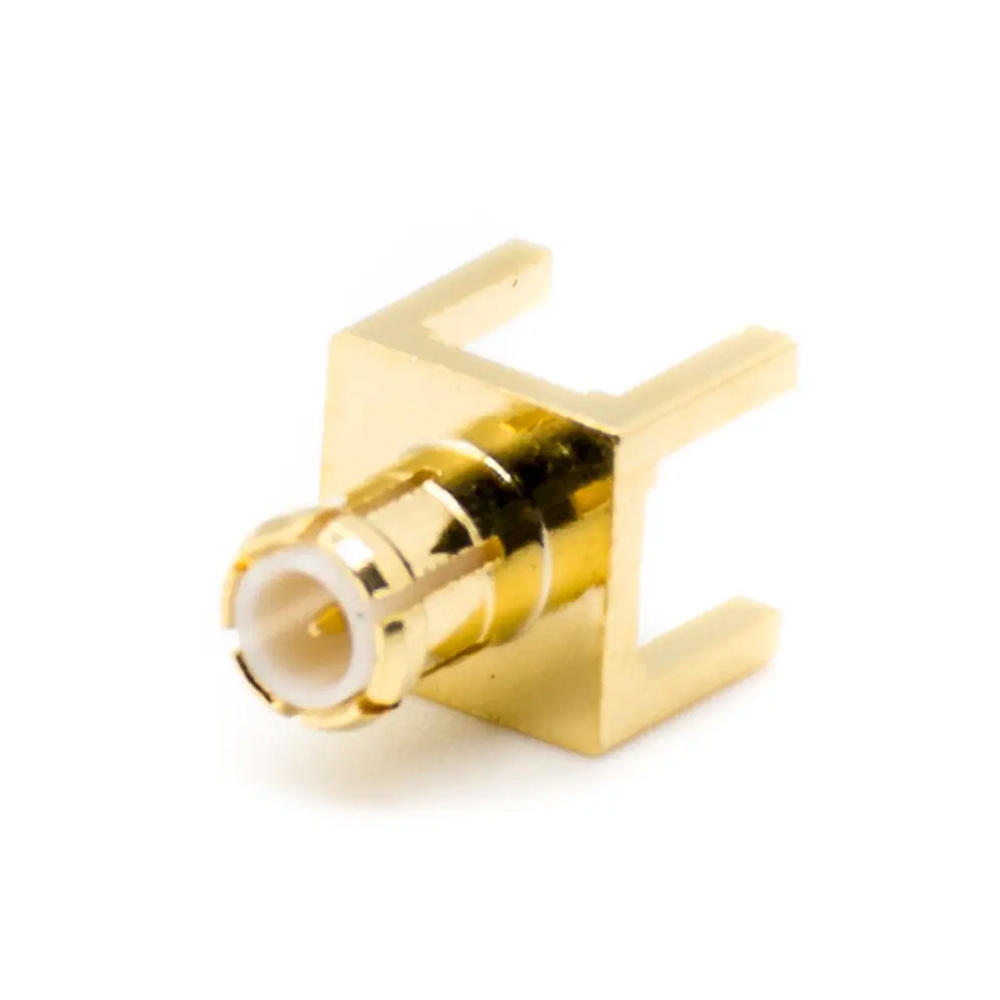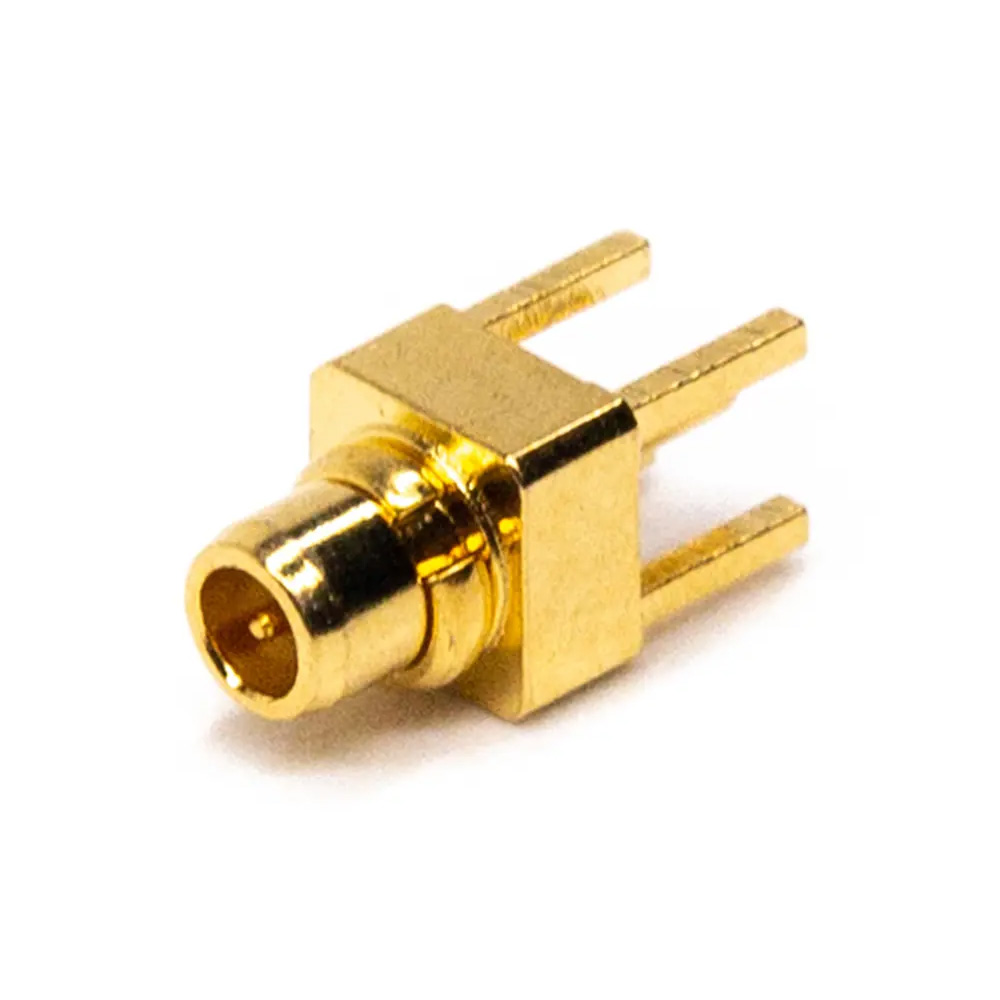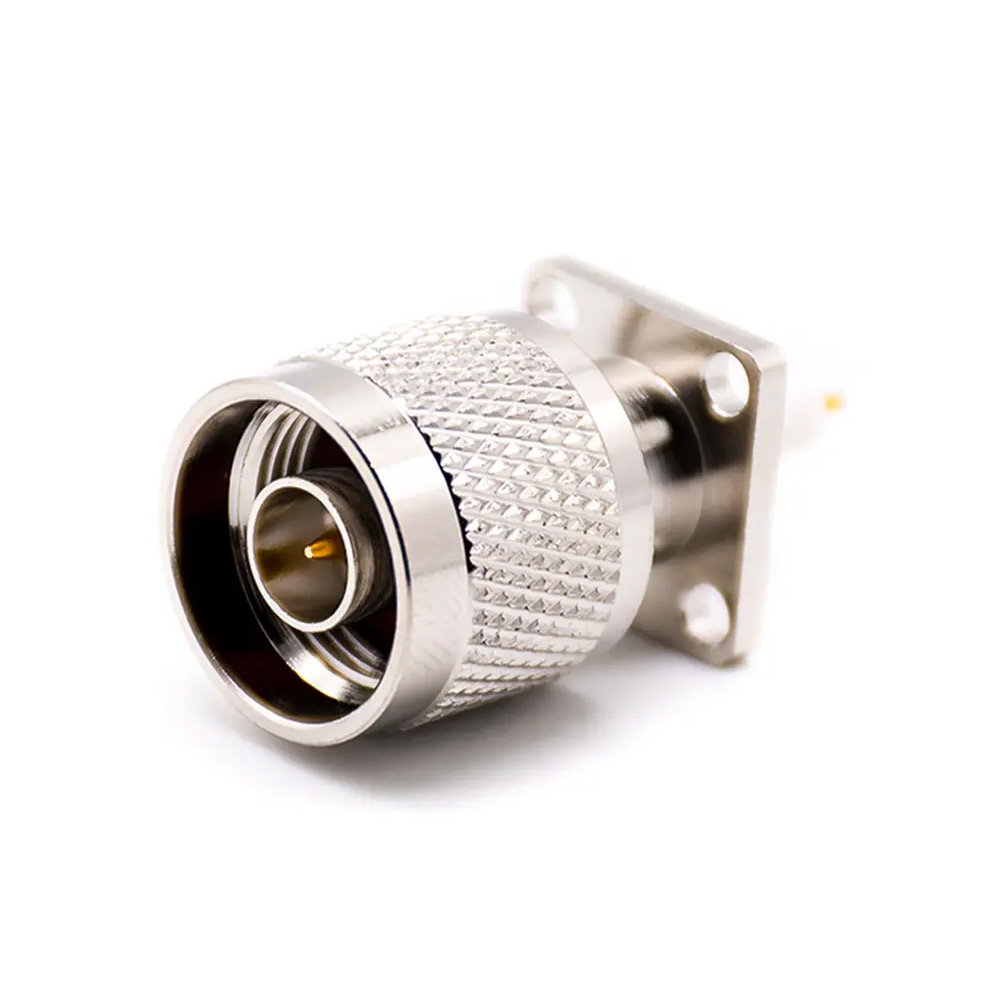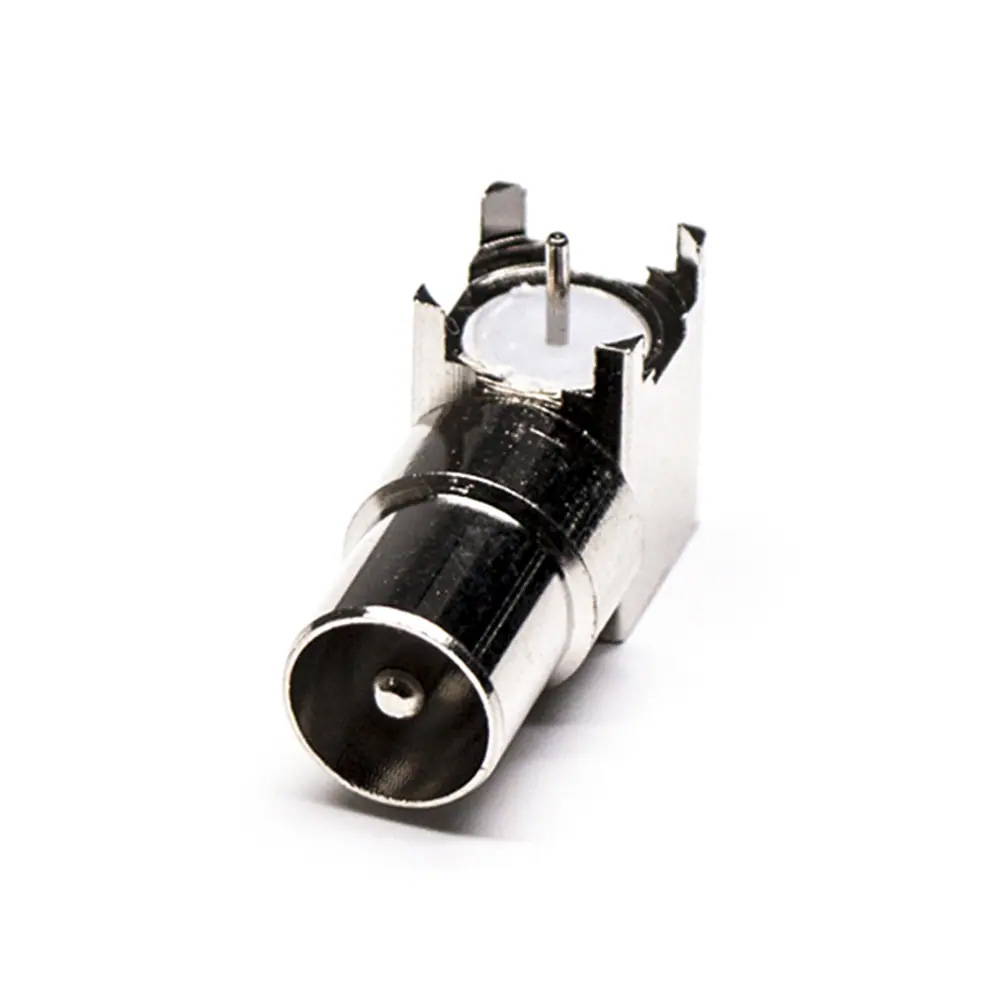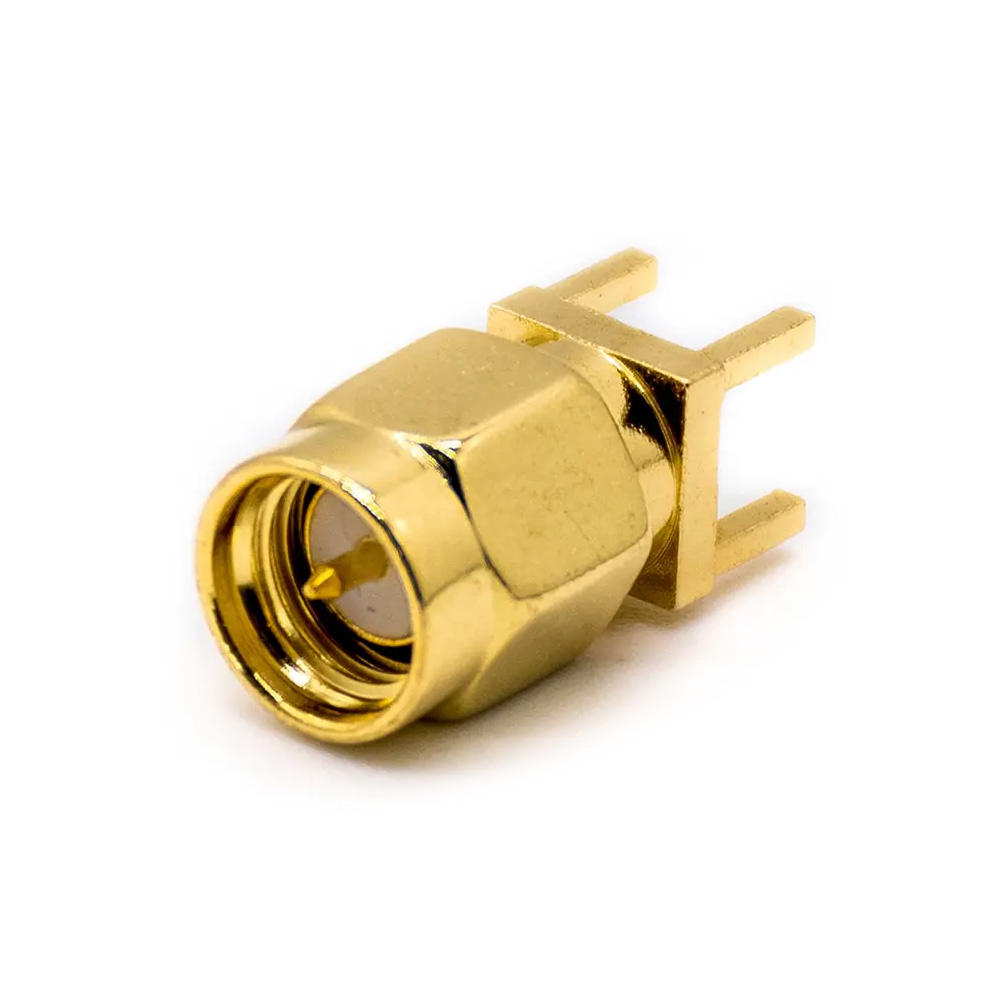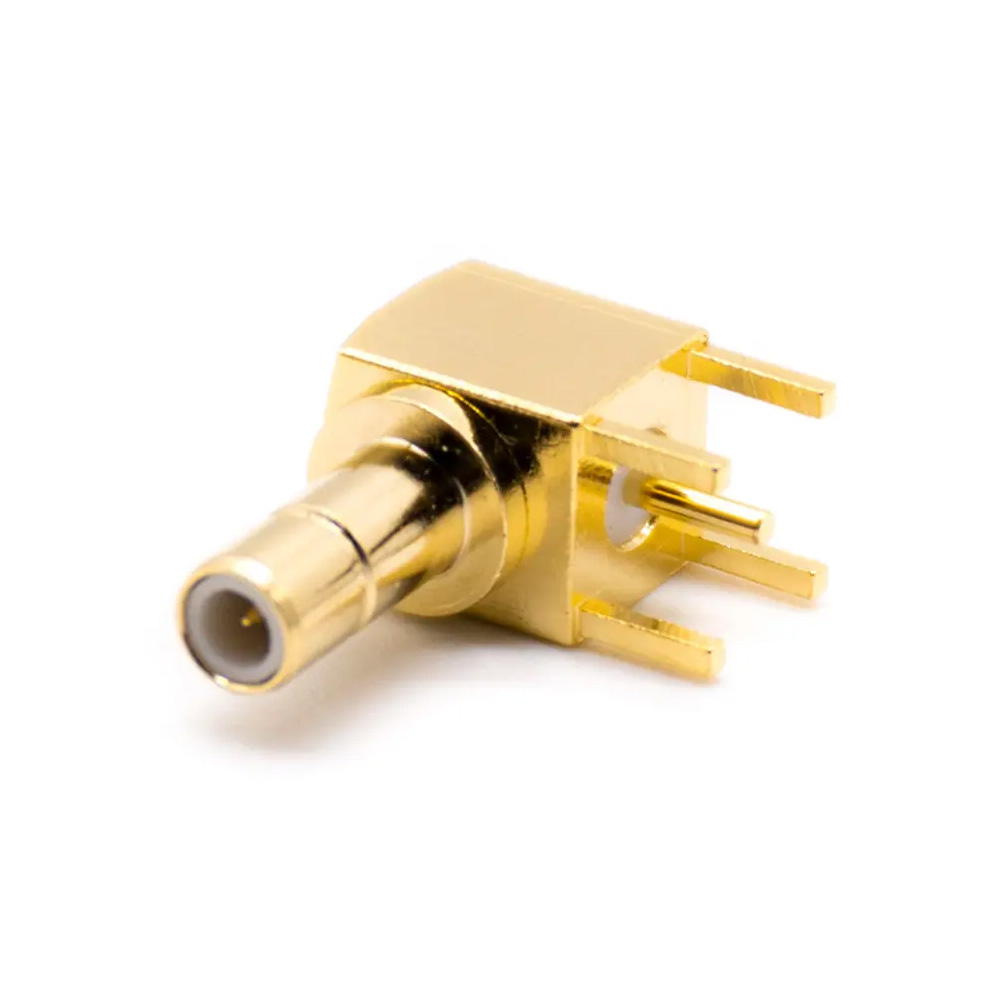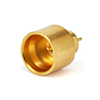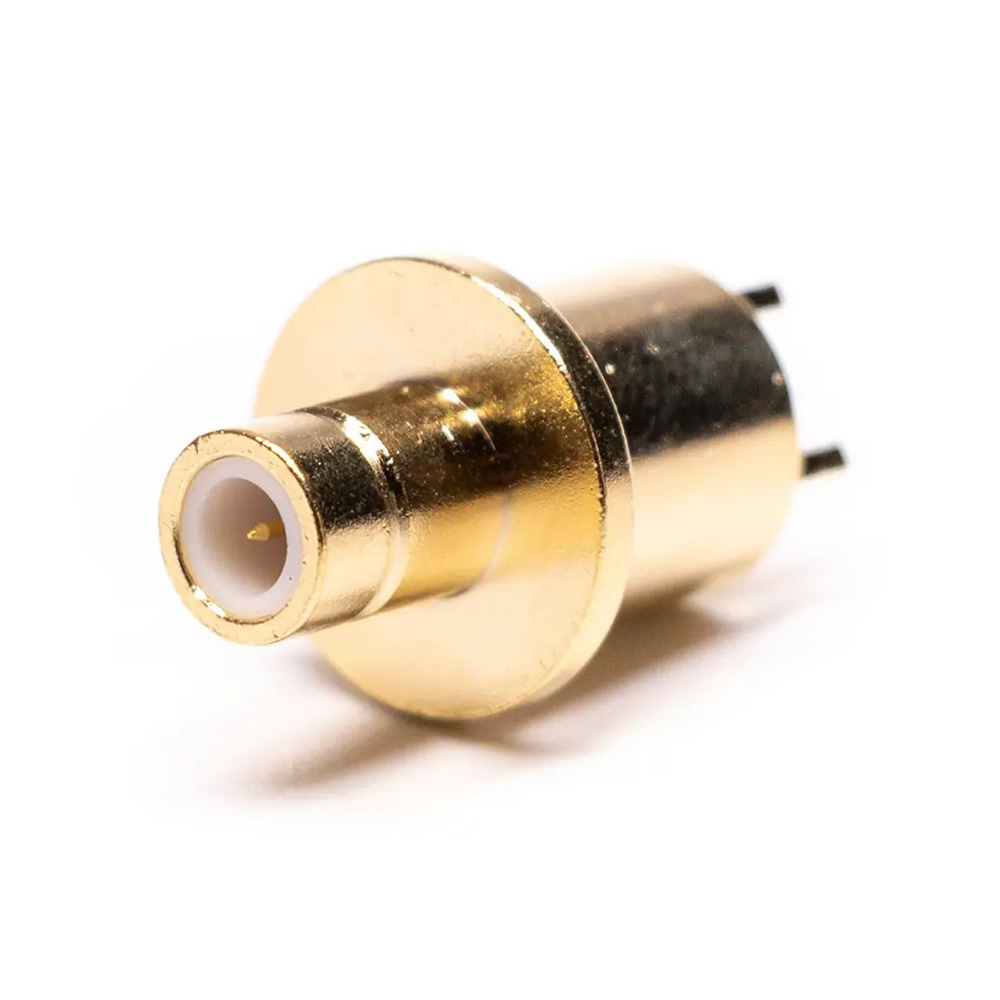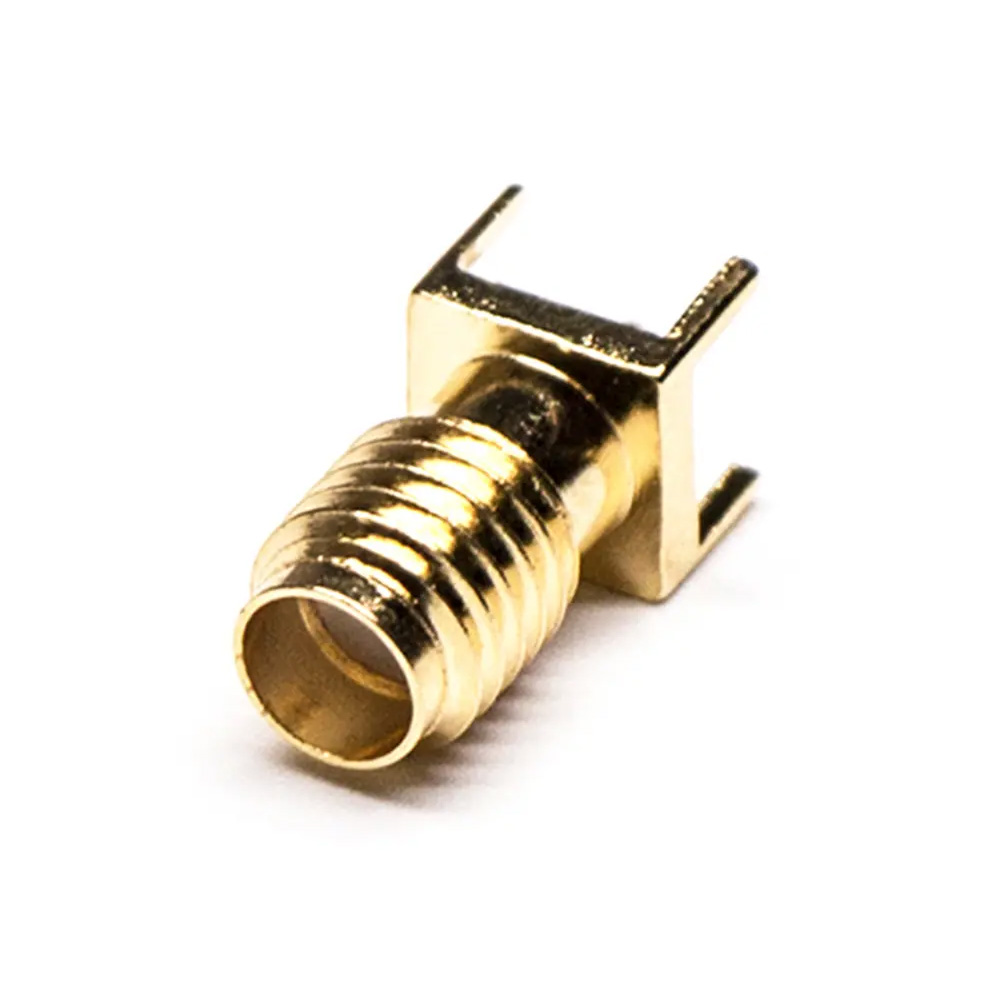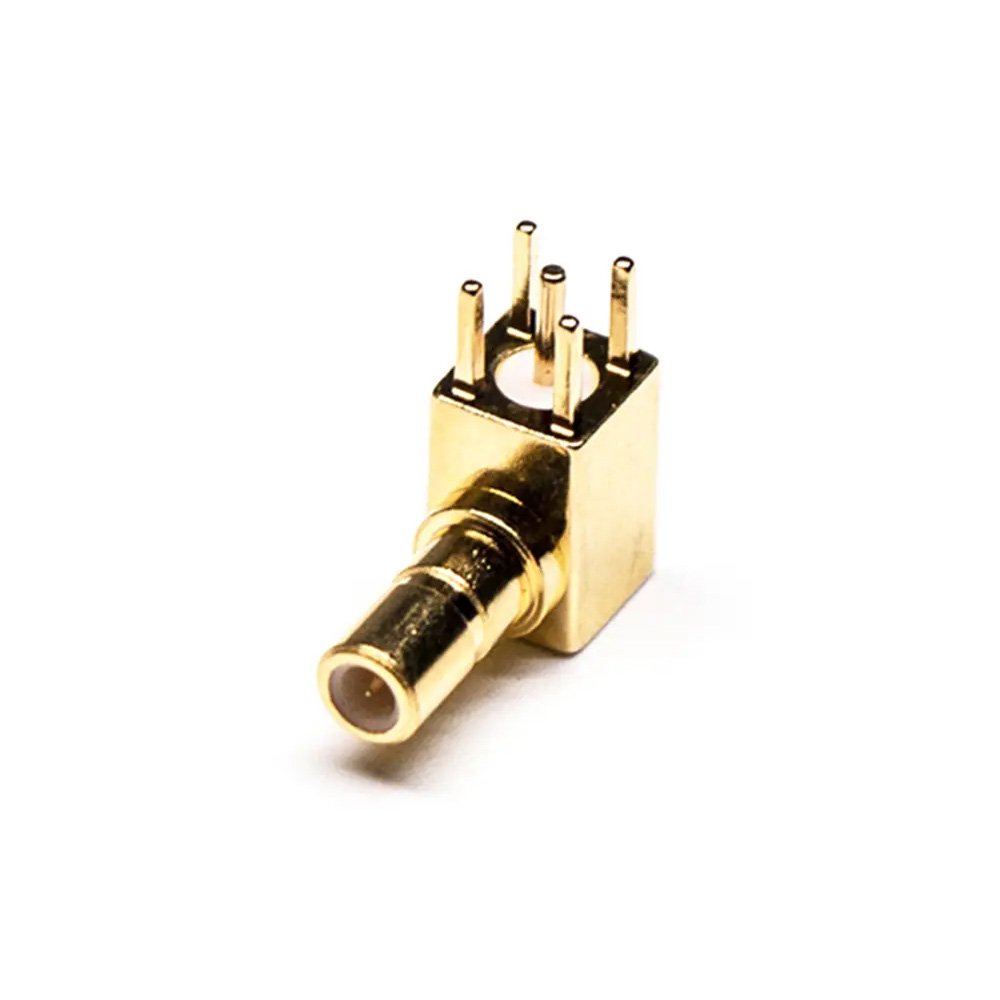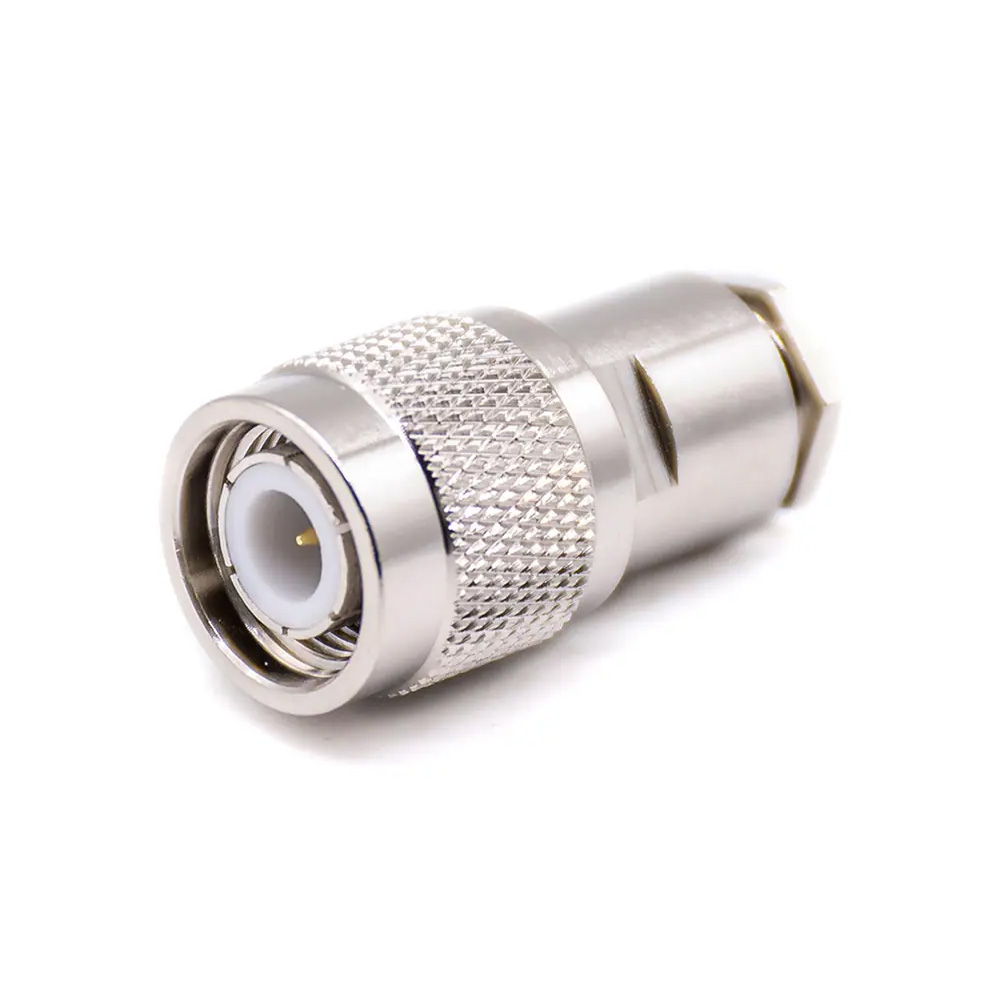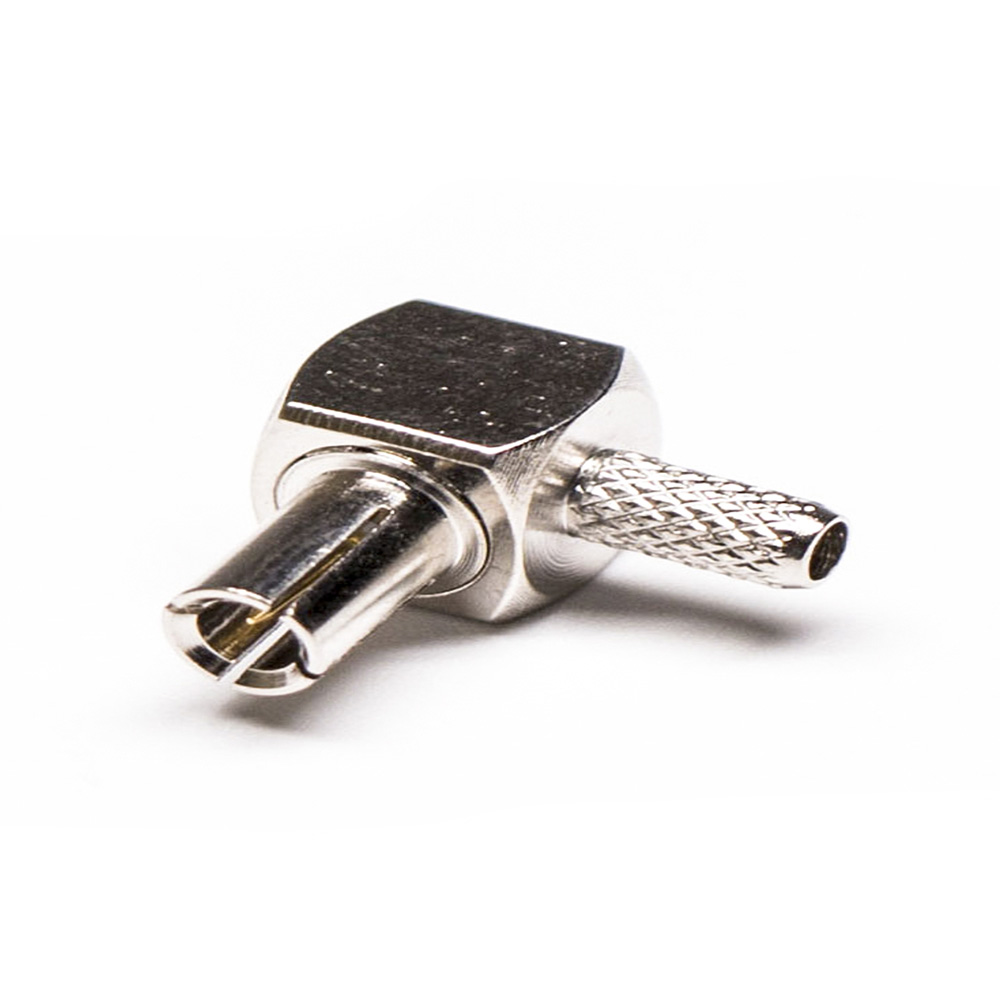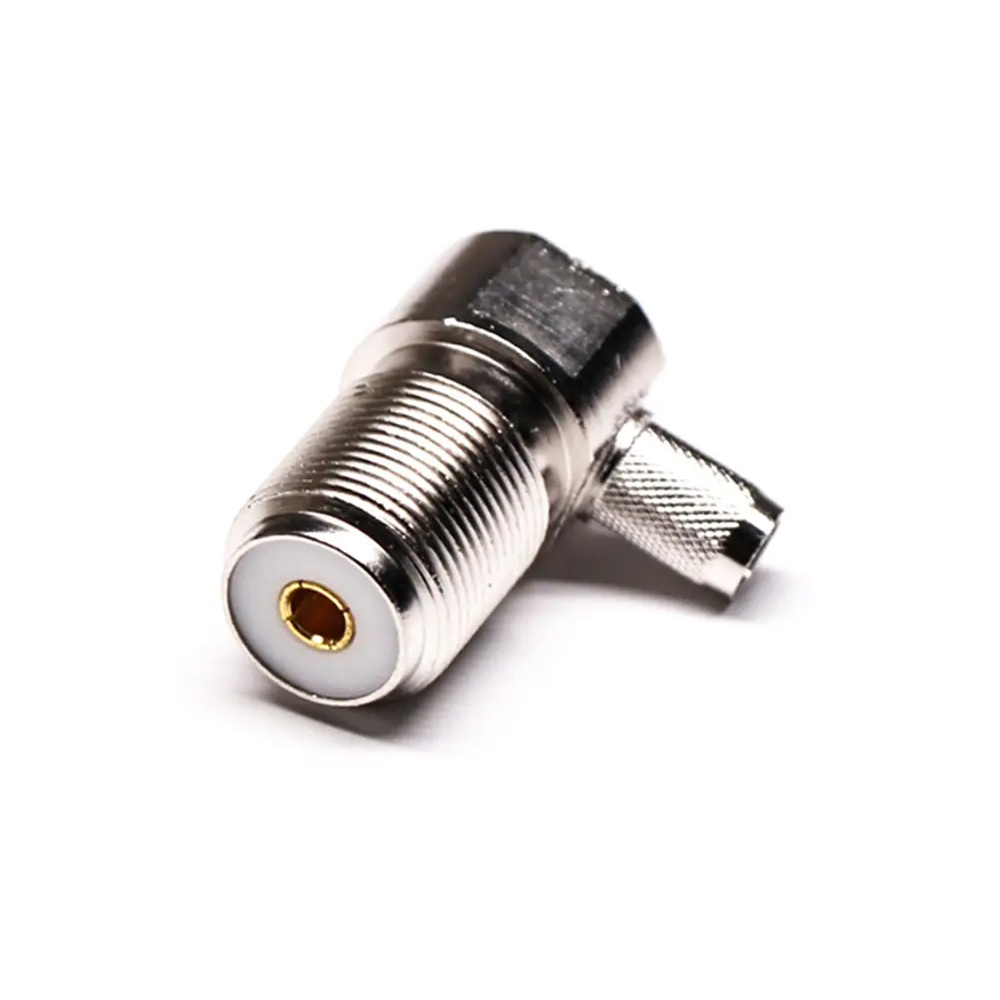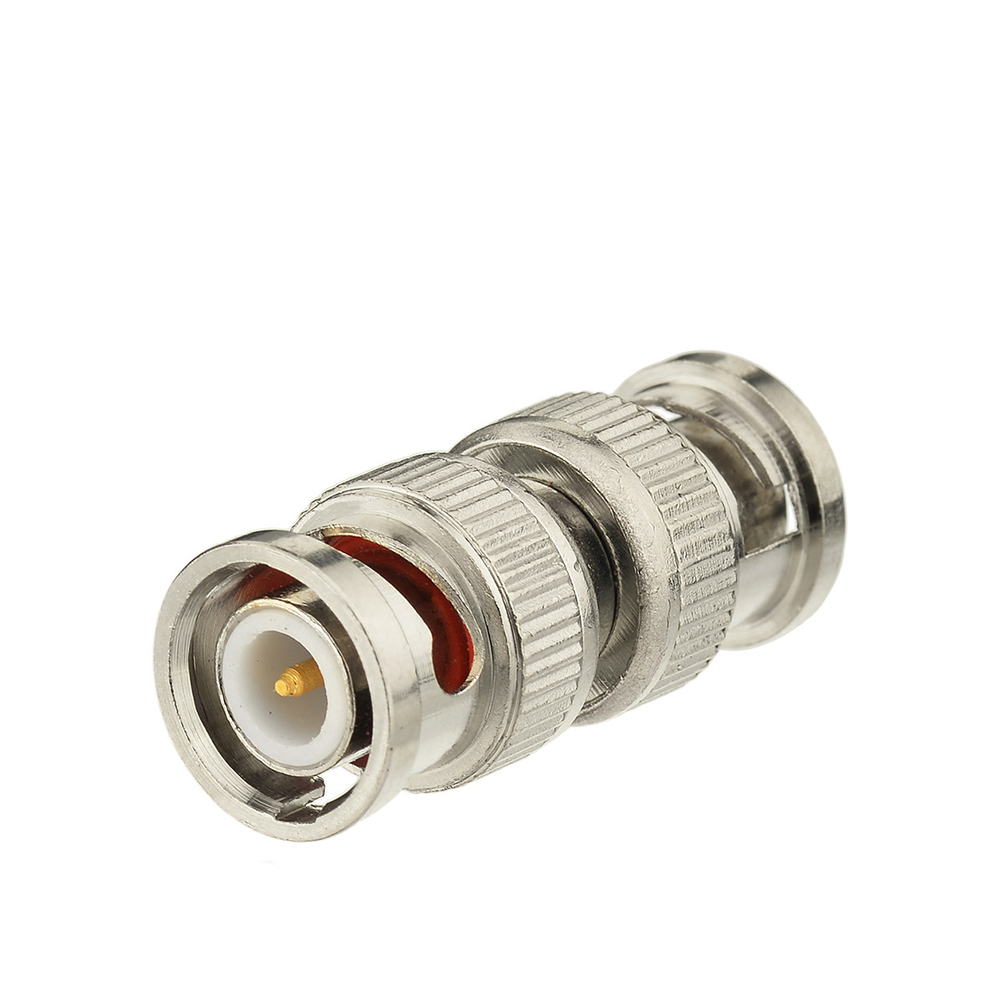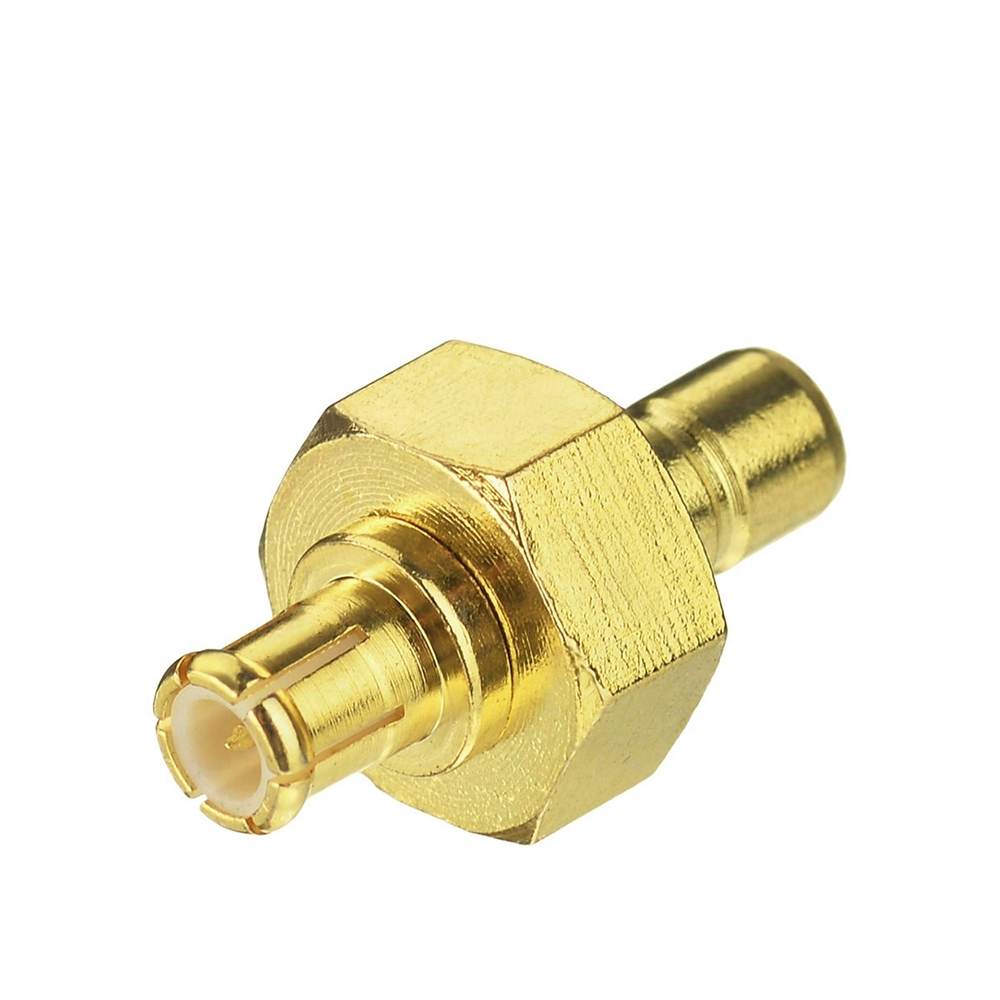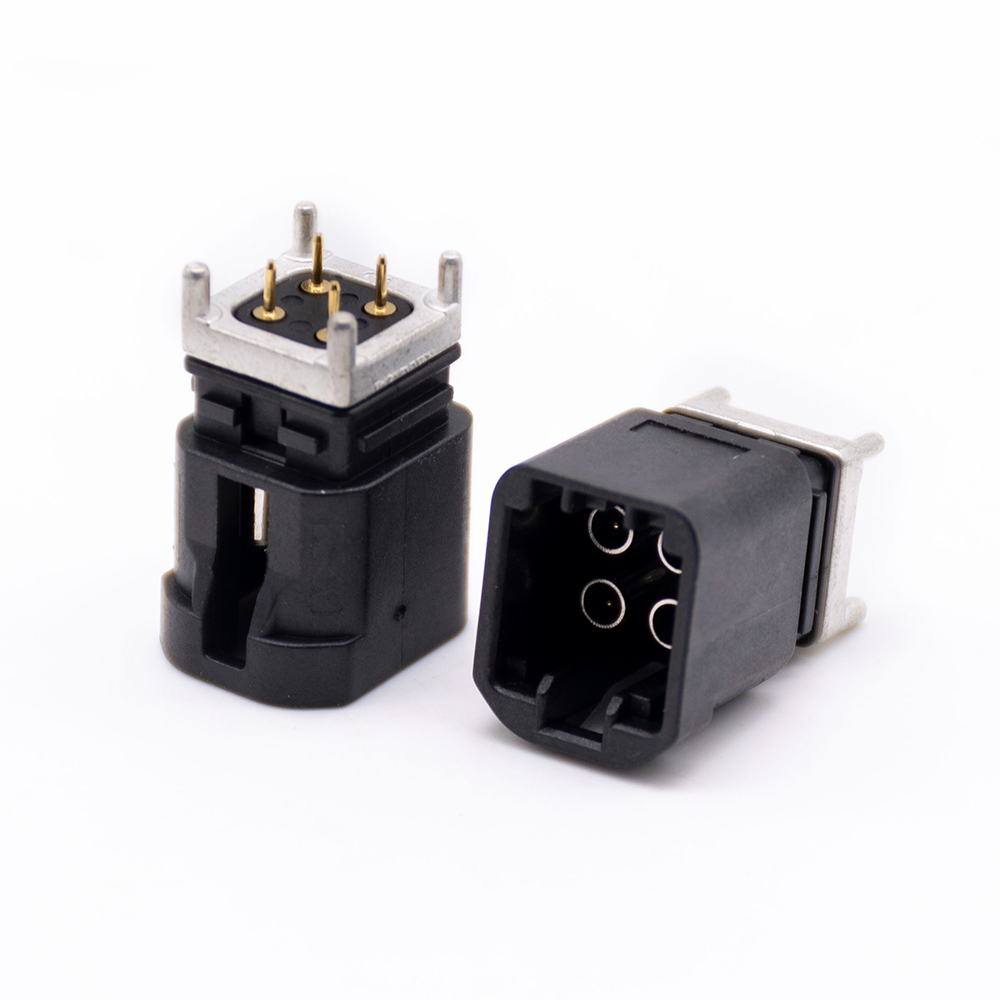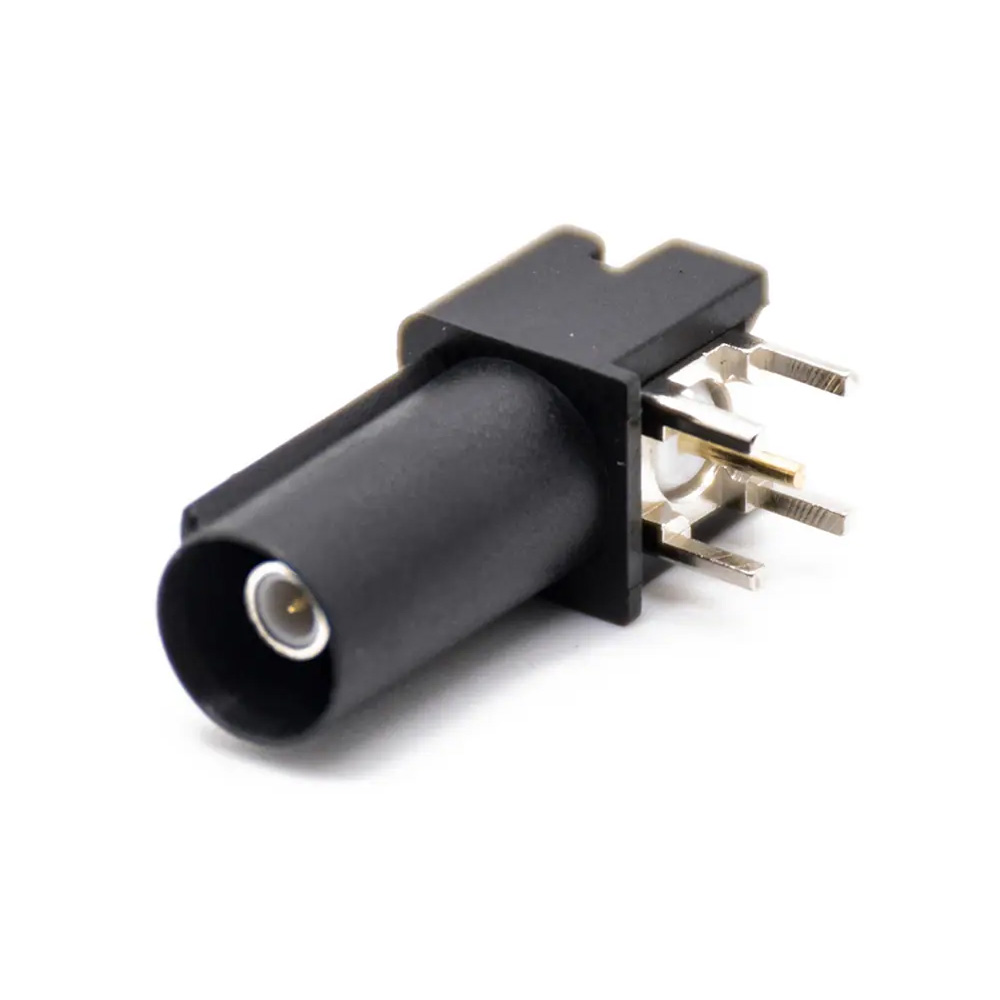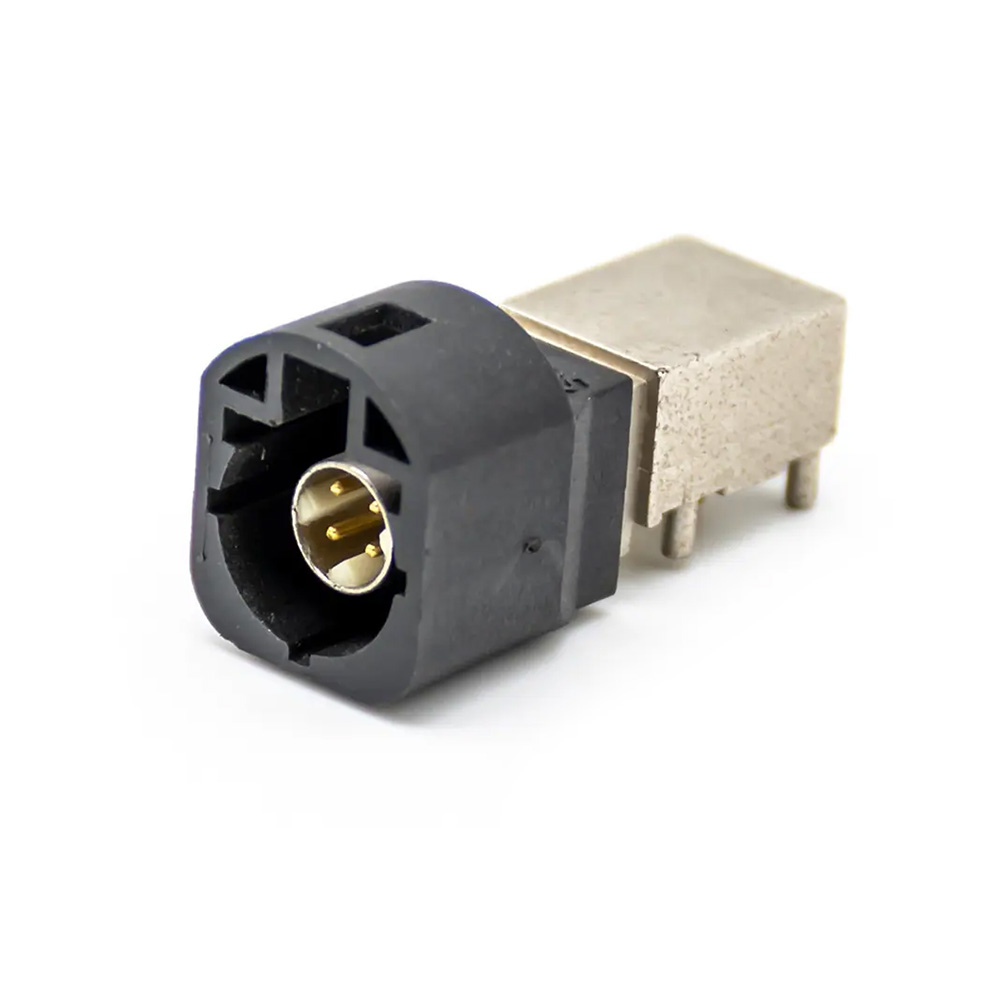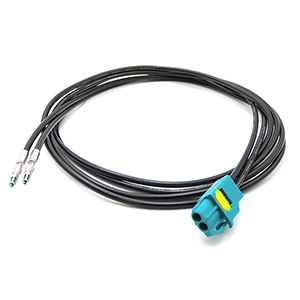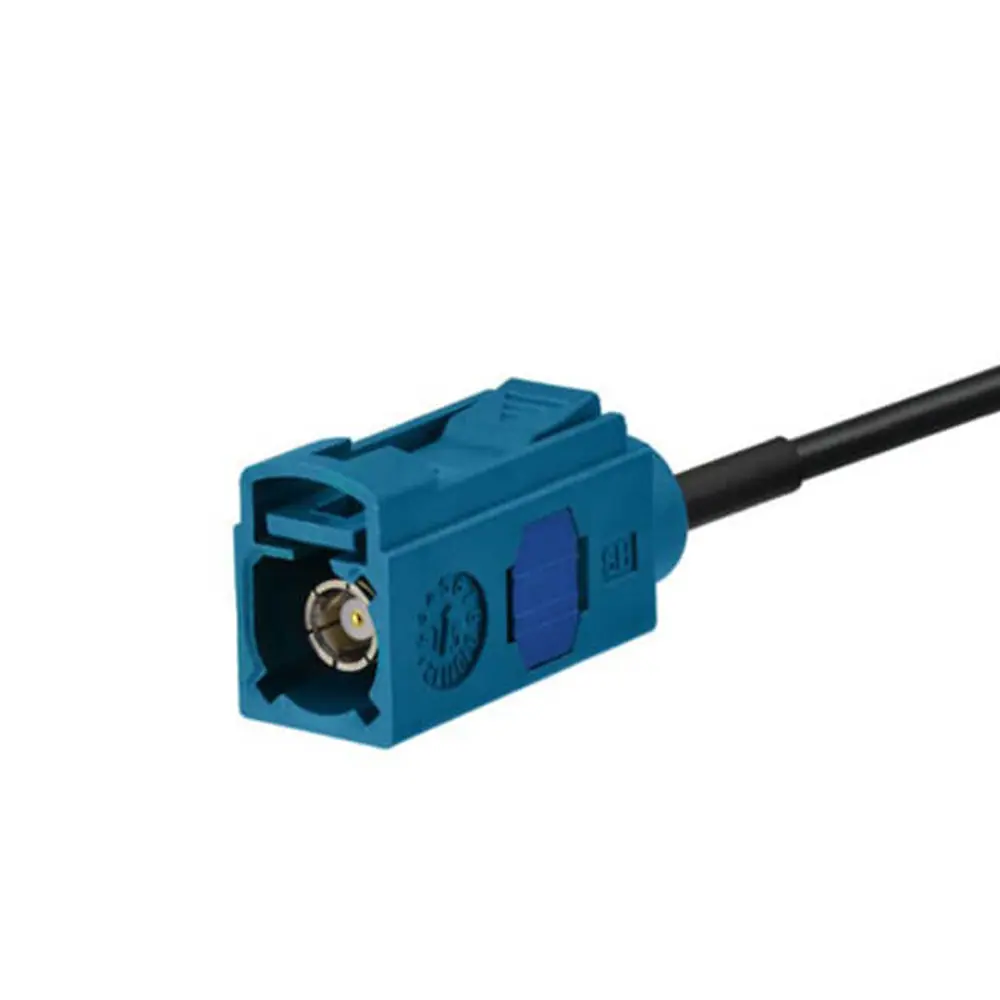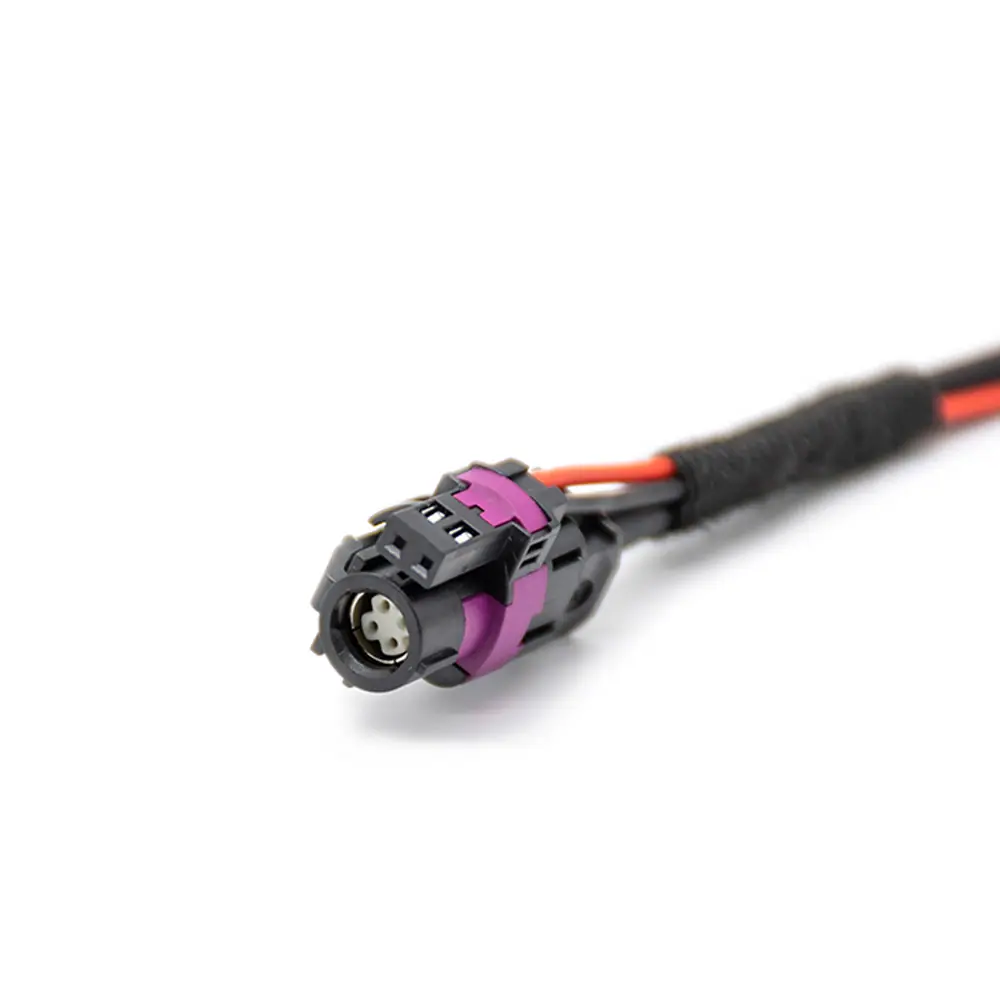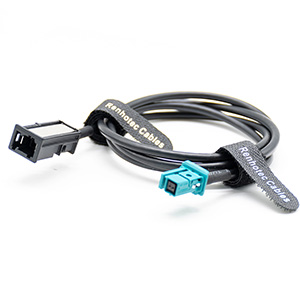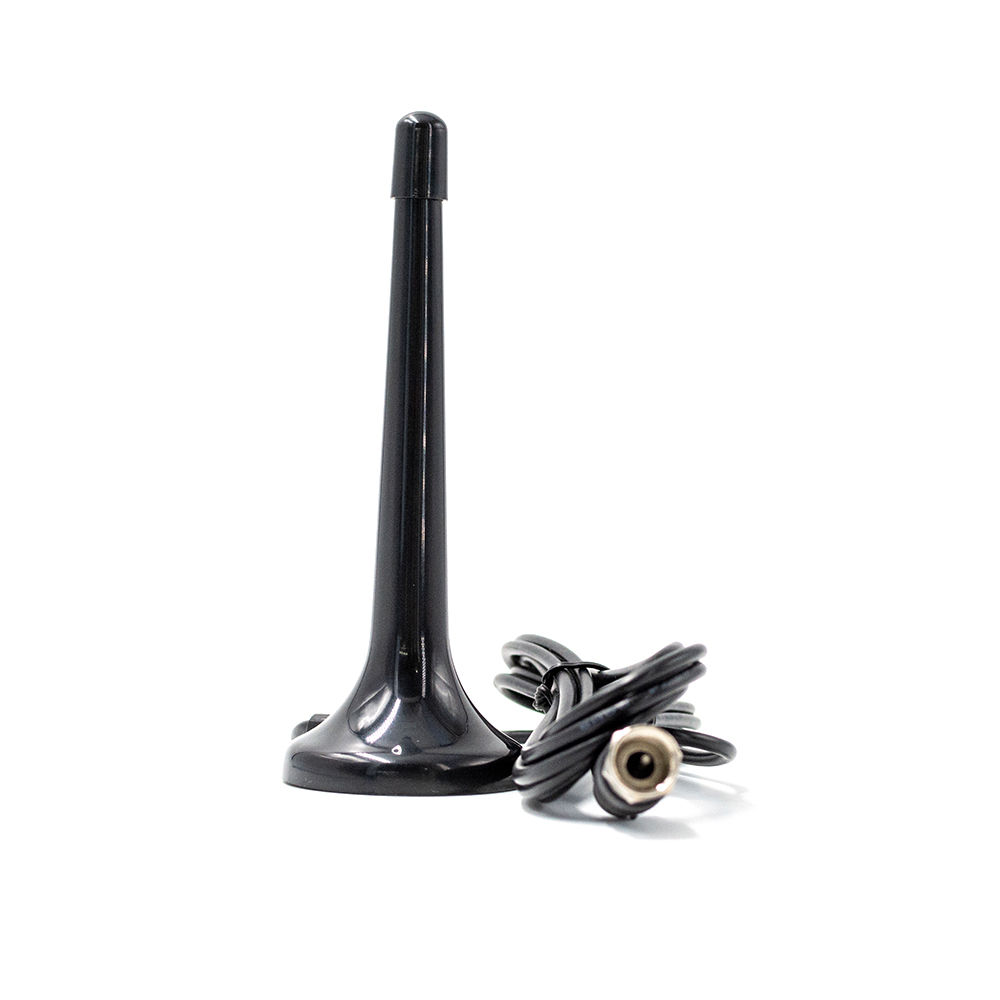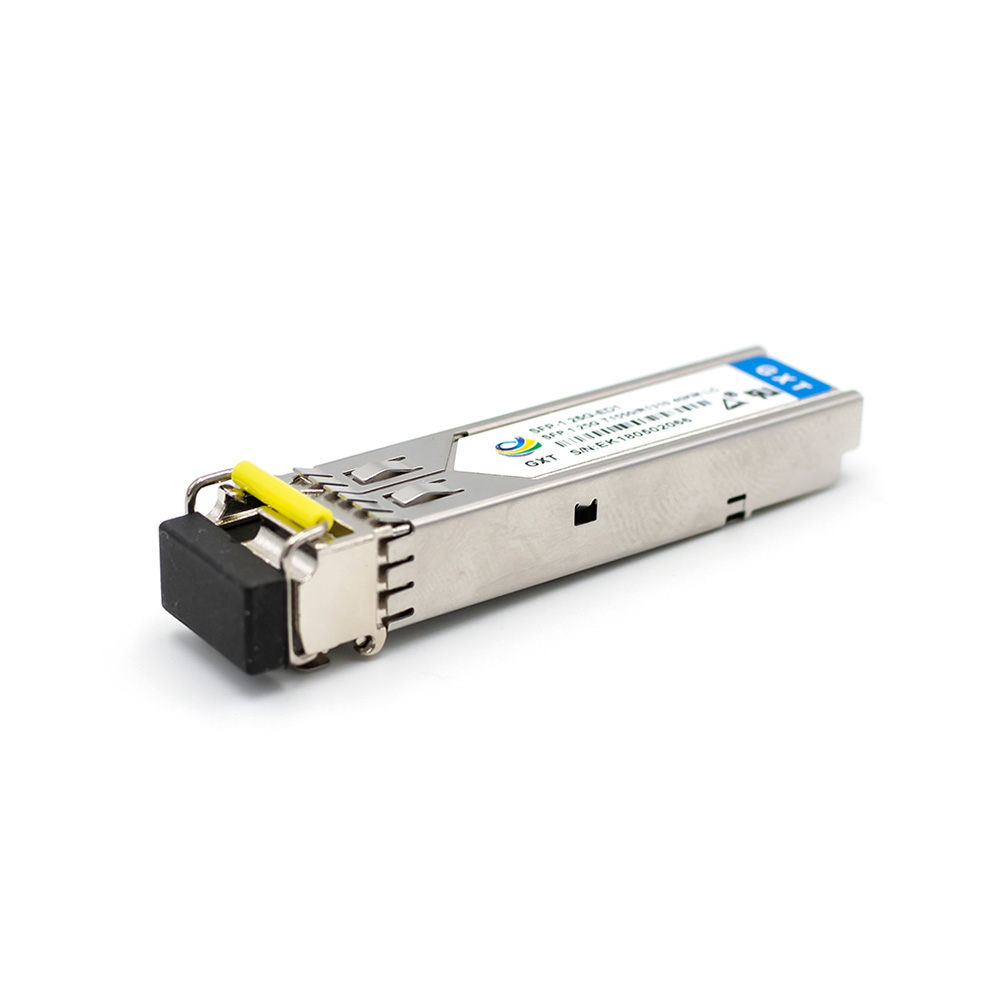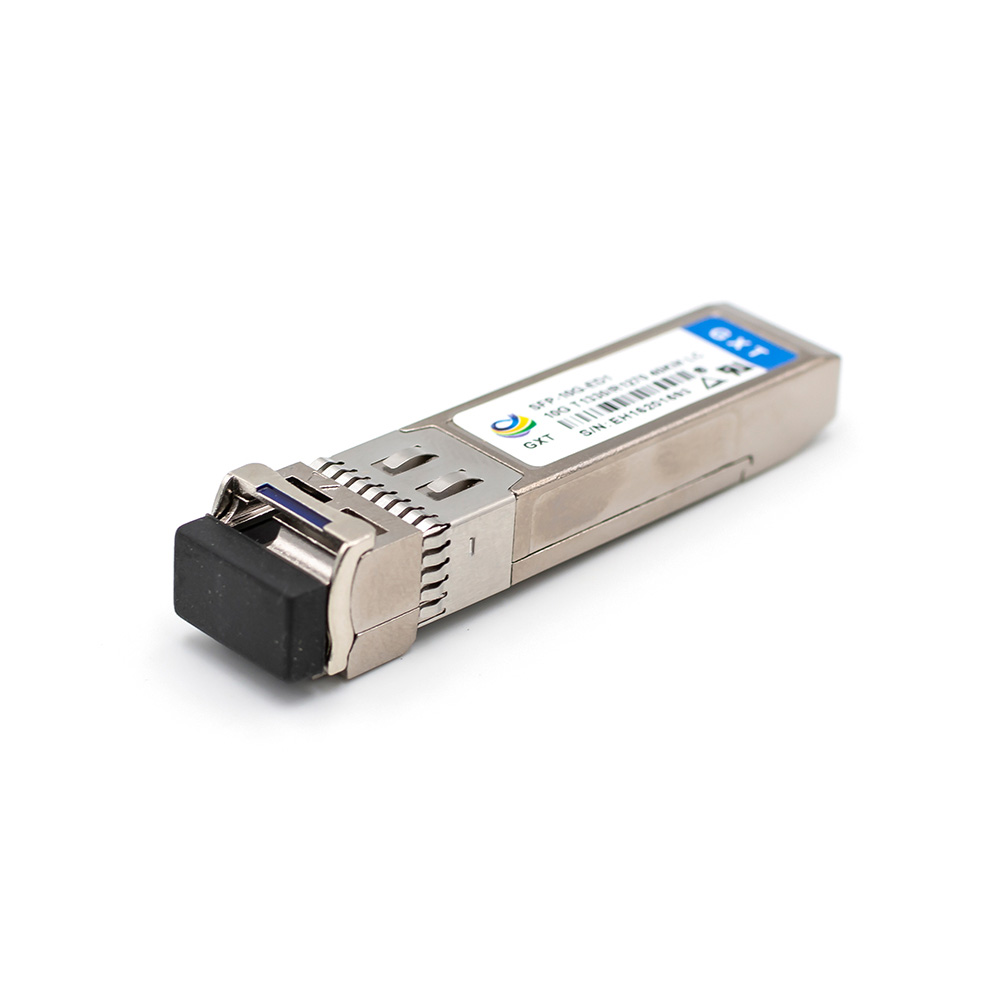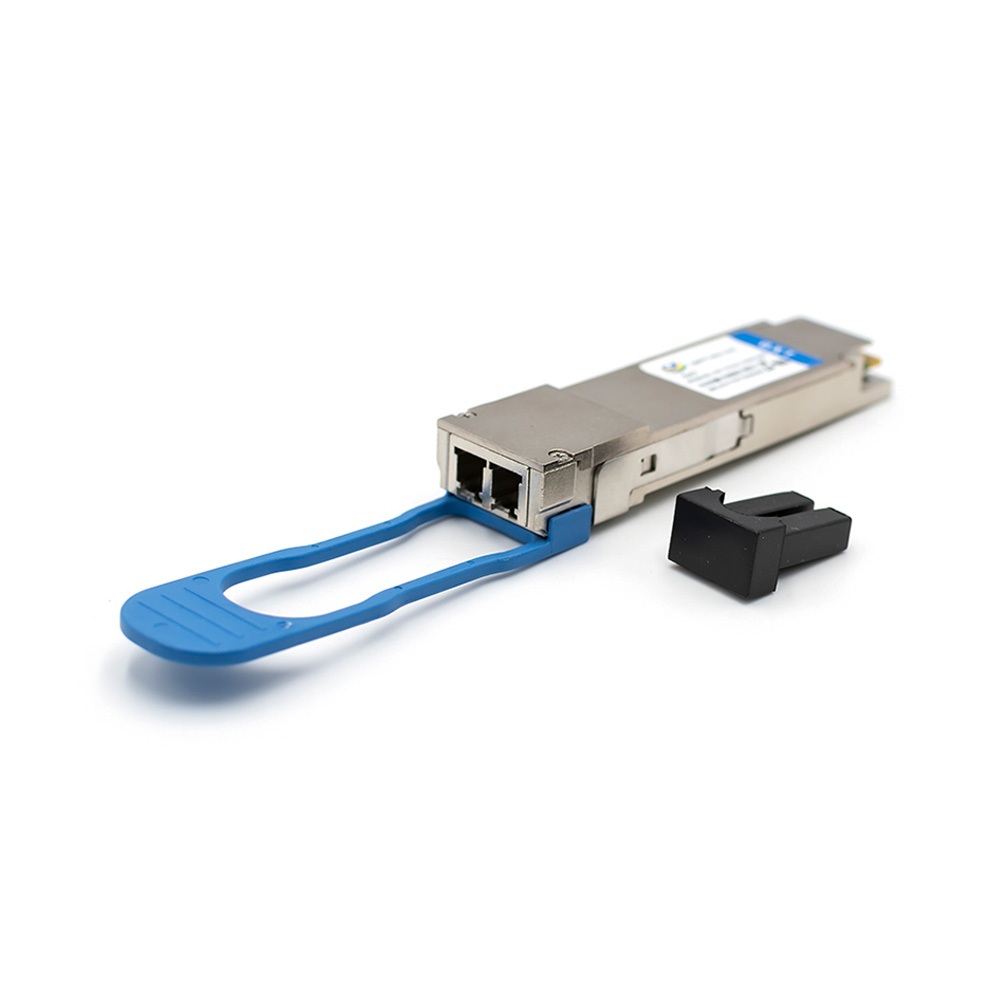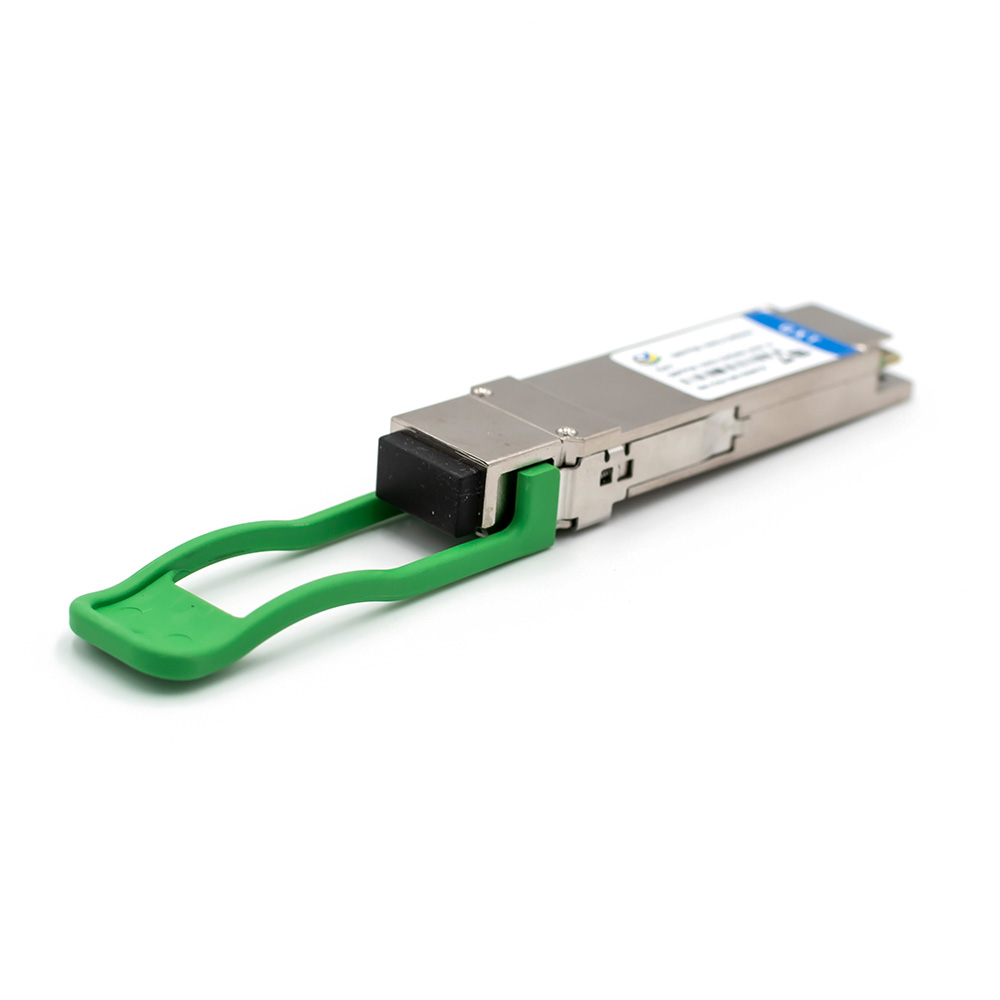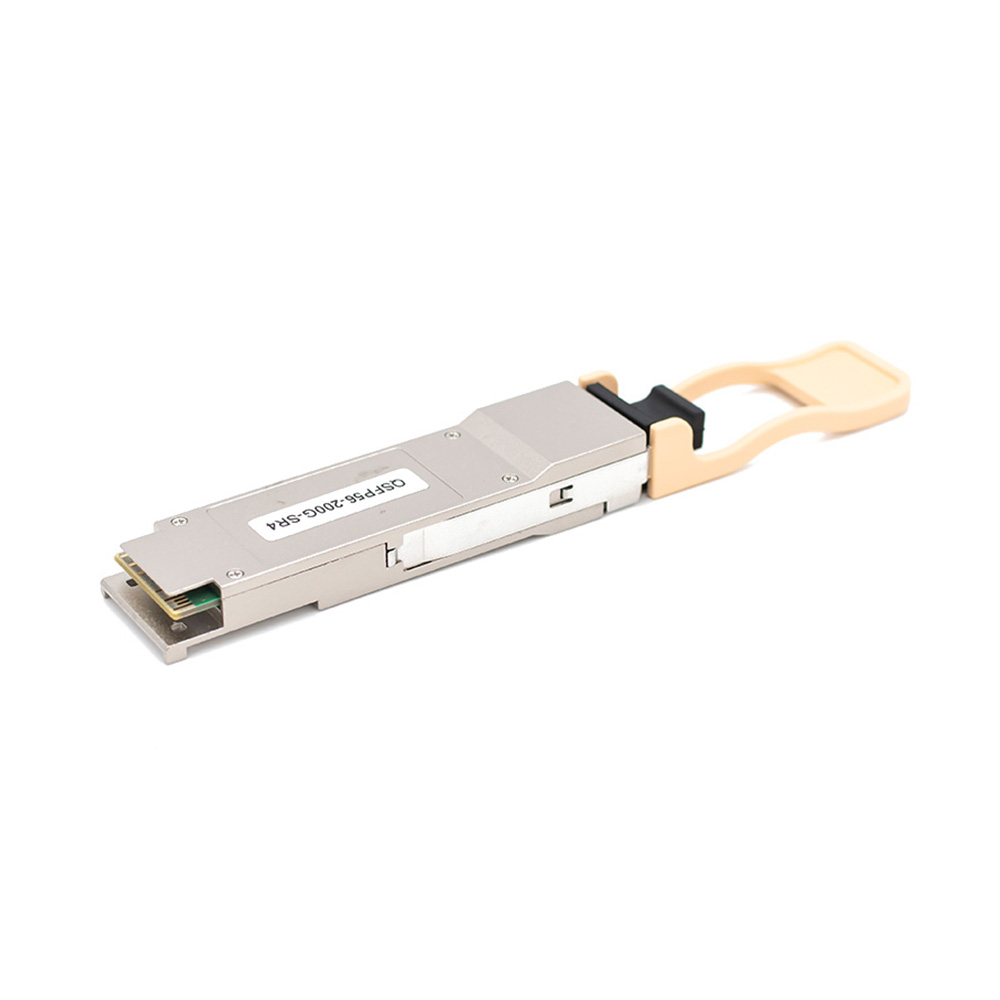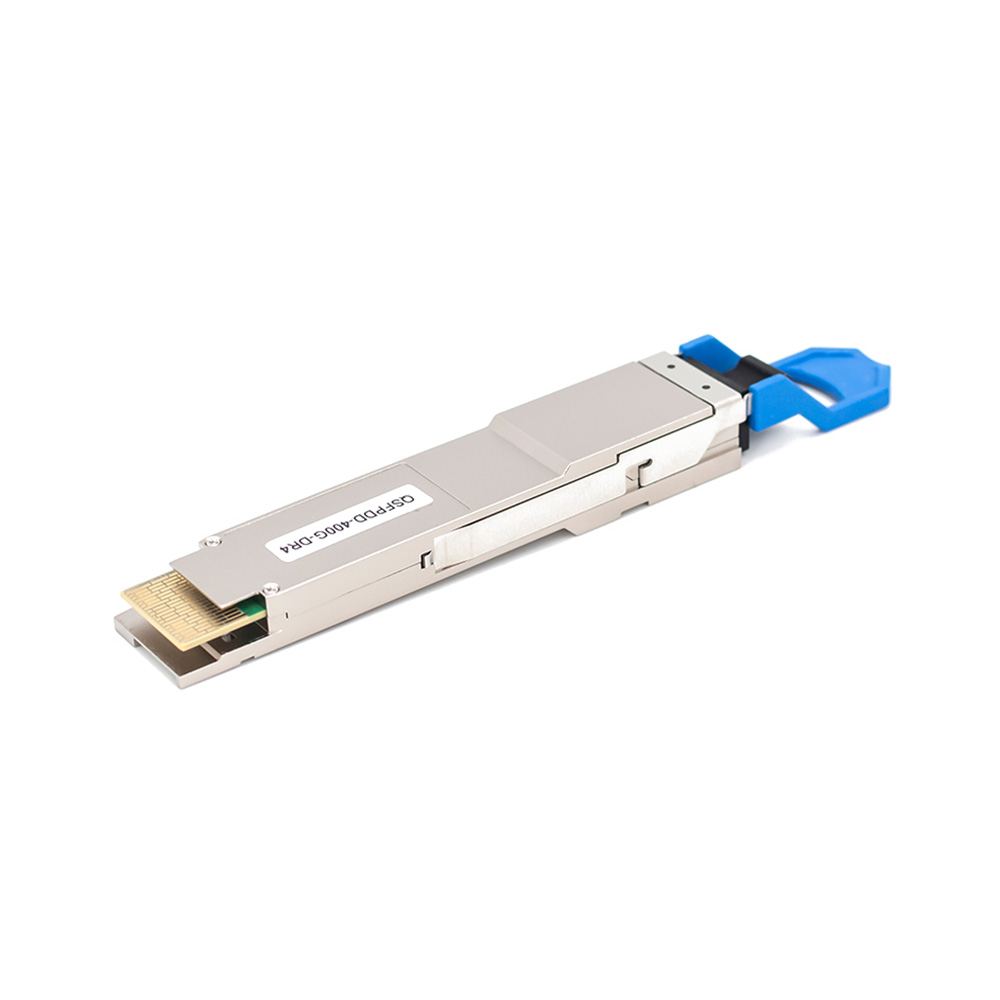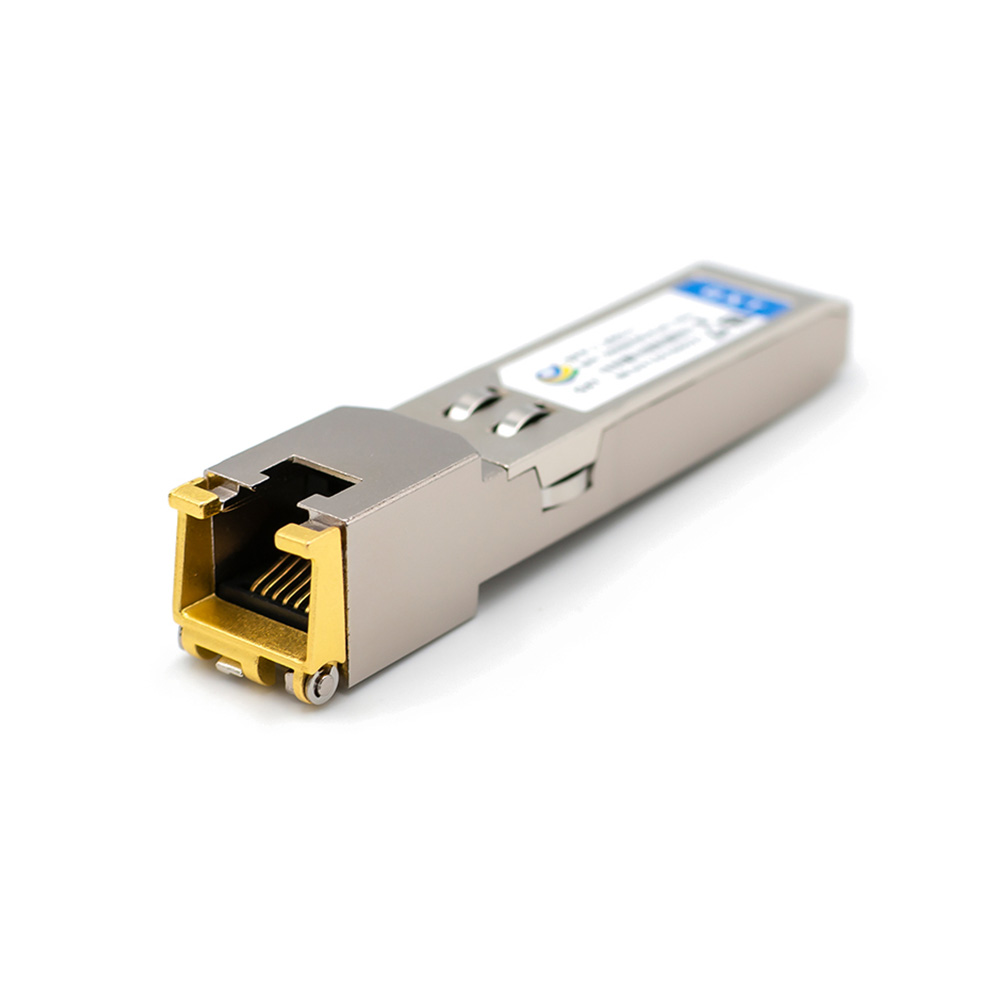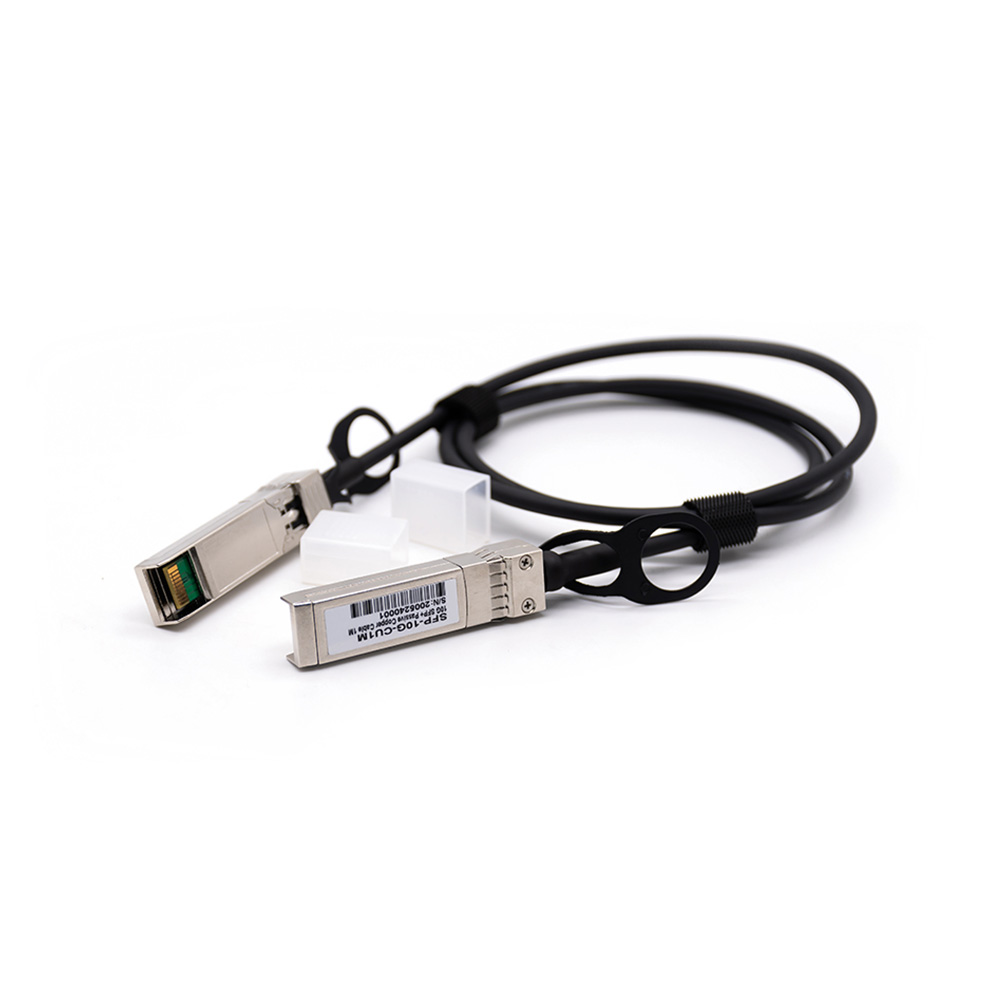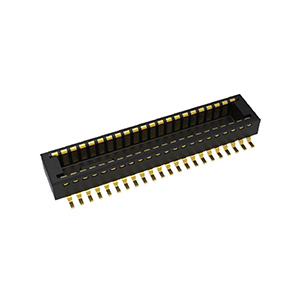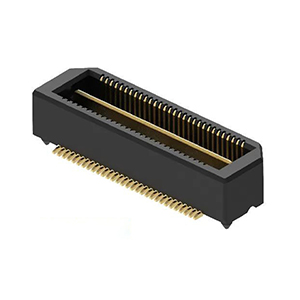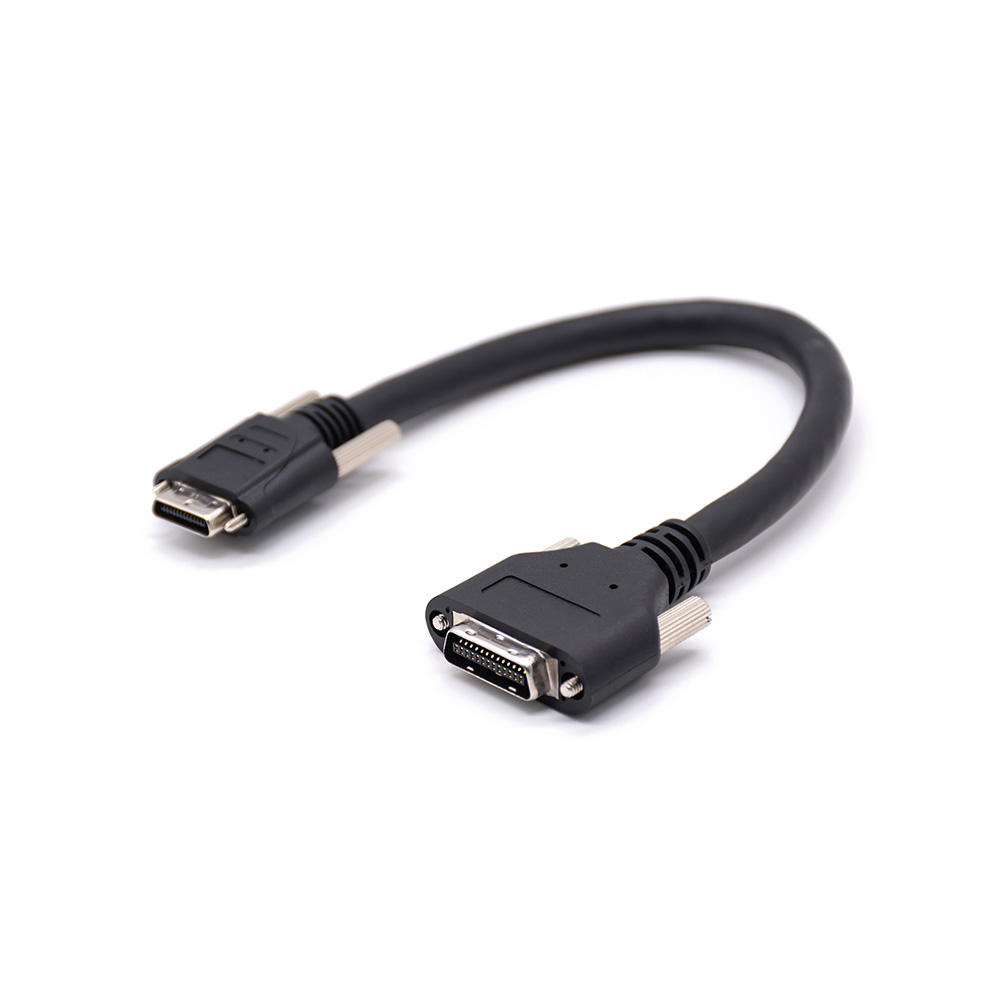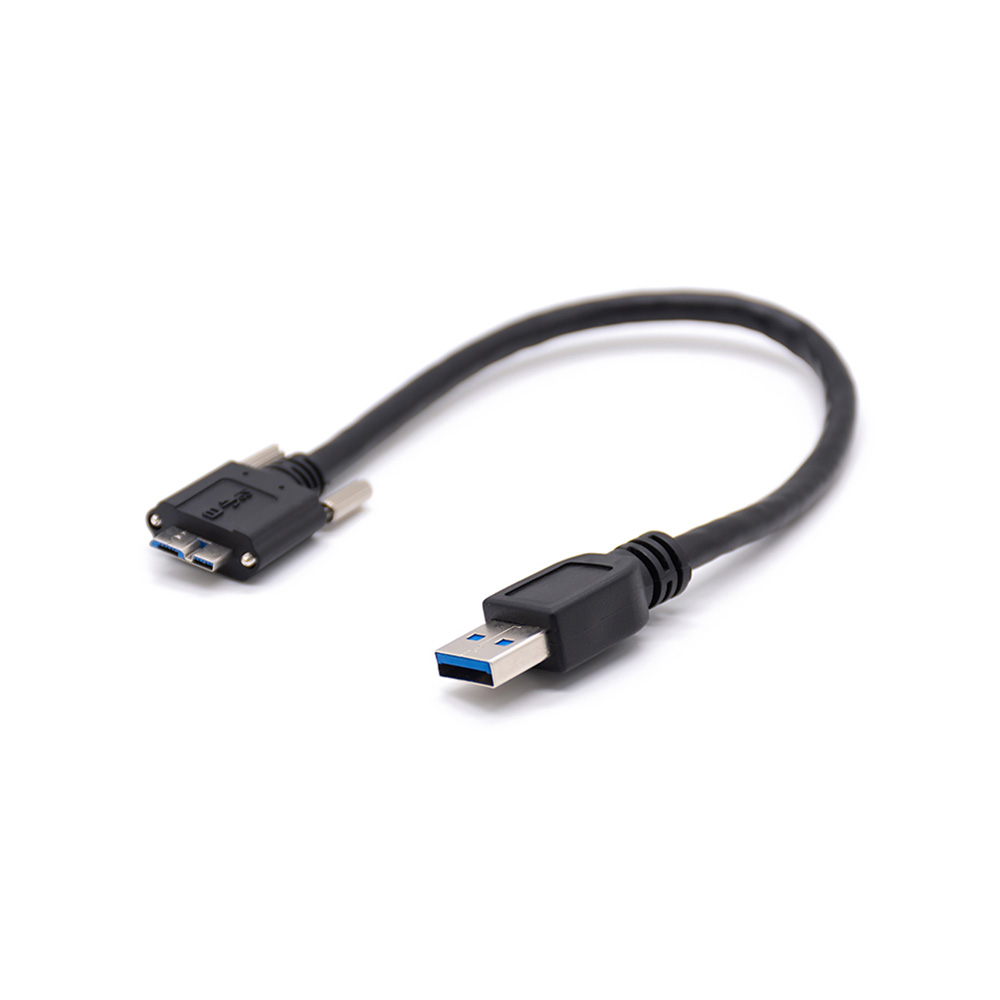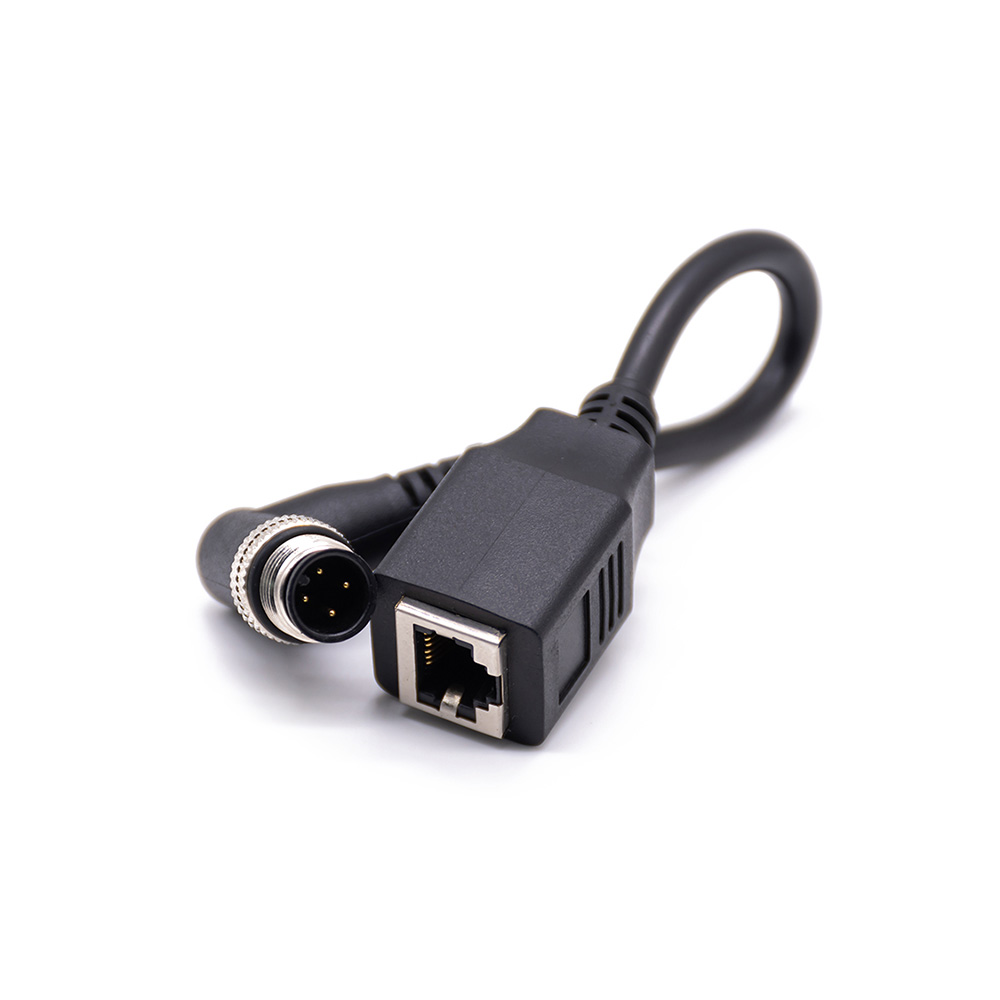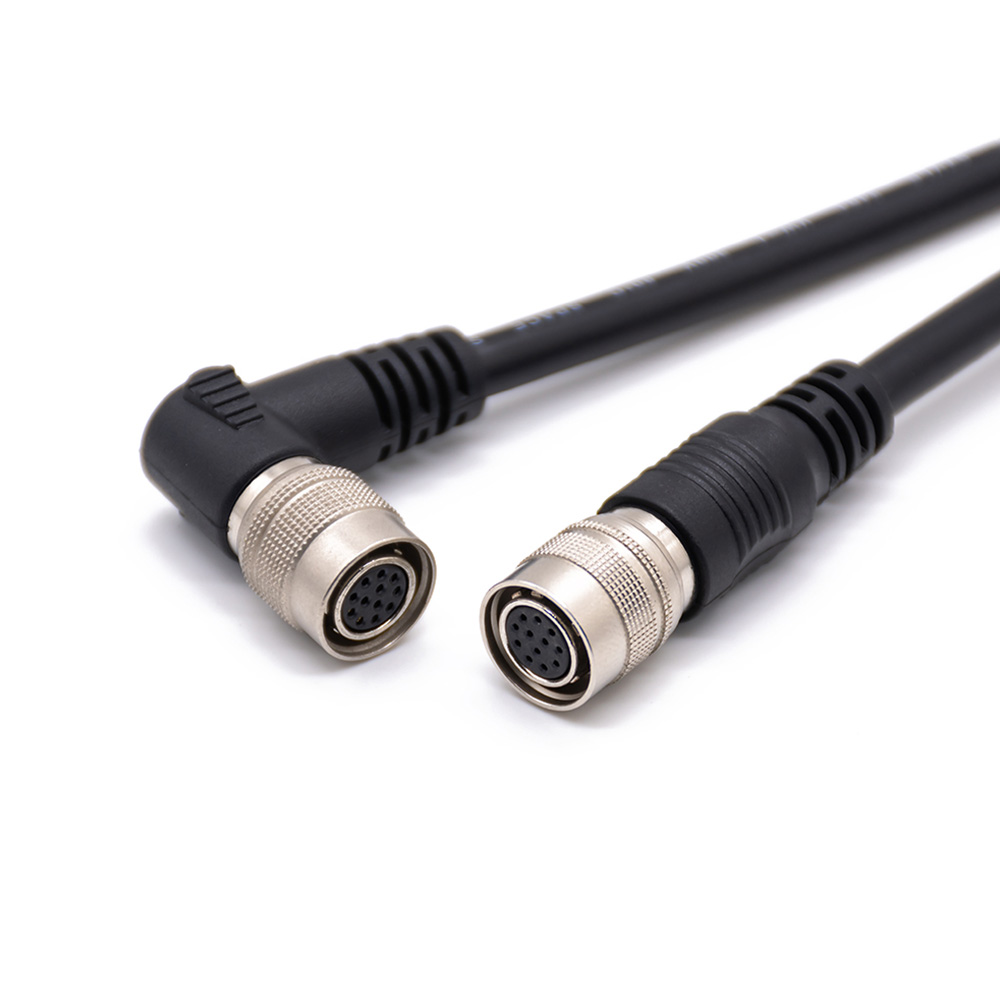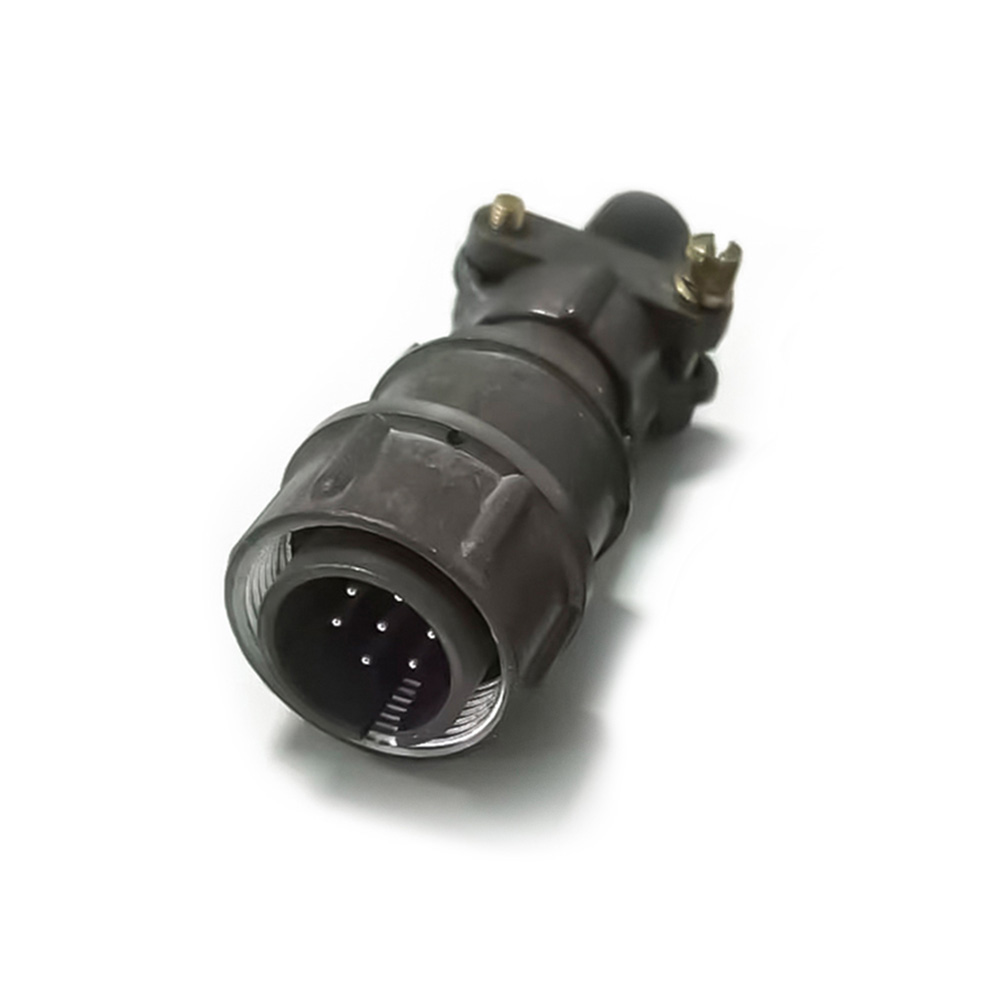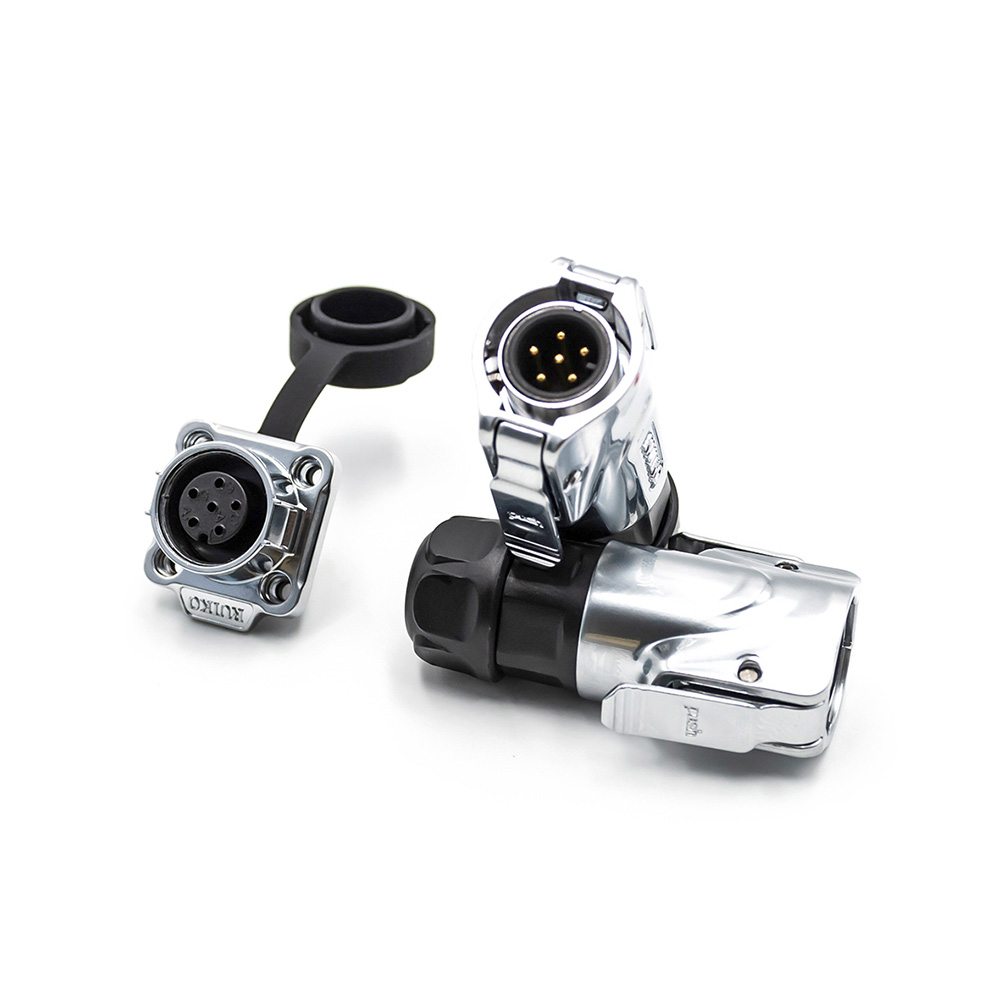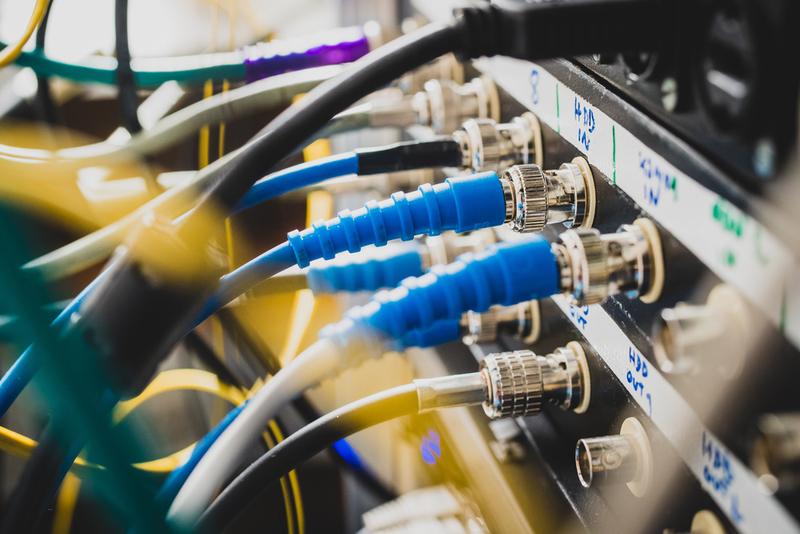RF Connector & Cable
What is the Difference Between BNC Connector and Q9 Connector?
The BNC (Bayonet Neill-Concelman) connector and the Q9 connector are both types of connectors used in electronics and telecommunications for connecting various devices such as oscilloscopes, signal generators, and more. While they may appear quite similar in appearance, there are some distinct differences between them:
Physical Dimensions and Design:
- The BNC connector is based on the imperial system and has specific dimensions measured in inches. It consists of a center pin, a jacket, and a bayonet-style locking mechanism for secure connection.
- The Q9 connector, on the other hand, follows the metric system and conforms to national standards. It has slightly different dimensions compared to the BNC connector. The core of the Q9 connector is thicker and closer to the edge of the connector.
Caliber and Gap:
- Both the BNC and Q9 connectors come in male and female genders, allowing them to be used interchangeably in various devices.
- The caliber of the connectors slightly differs between the two. The female side of the BNC connector has a slightly larger gap compared to the Q9 connector.
Applications and Suitability:
- BNC connectors are commonly used in oscilloscopes and other applications. They are generally considered more versatile due to their standardized design and wider compatibility.
- Q9 connectors are similar in appearance but are designed to meet specific national standards. While they can also be used in some of the same applications, they might not be as universally compatible as BNC connectors.
Impedance Matching:
- BNC connectors are available in both 50-ohm and 75-ohm versions. The choice between these two depends on whether the connector is being used for transmitting power or signals. The 75-ohm version is often used for transmitting signals.
- Q9 connectors might have their own impedance specifications, but they may not be as standardized as BNC connectors.
In summary, while BNC and Q9 connectors may look similar, their differences lie in their physical dimensions, design, and compatibility. BNC connectors are widely recognized and utilized due to their standardized design and availability in different impedance options. Q9 connectors, being based on national standards, may have specific use cases but might not offer the same level of versatility.
For more detailed information about BNC connectors and Q9 connectors, you can refer to additional articles on Renhotec’s blog or contact them directly for specific inquiries and customization needs at 0086-769-81100186.

